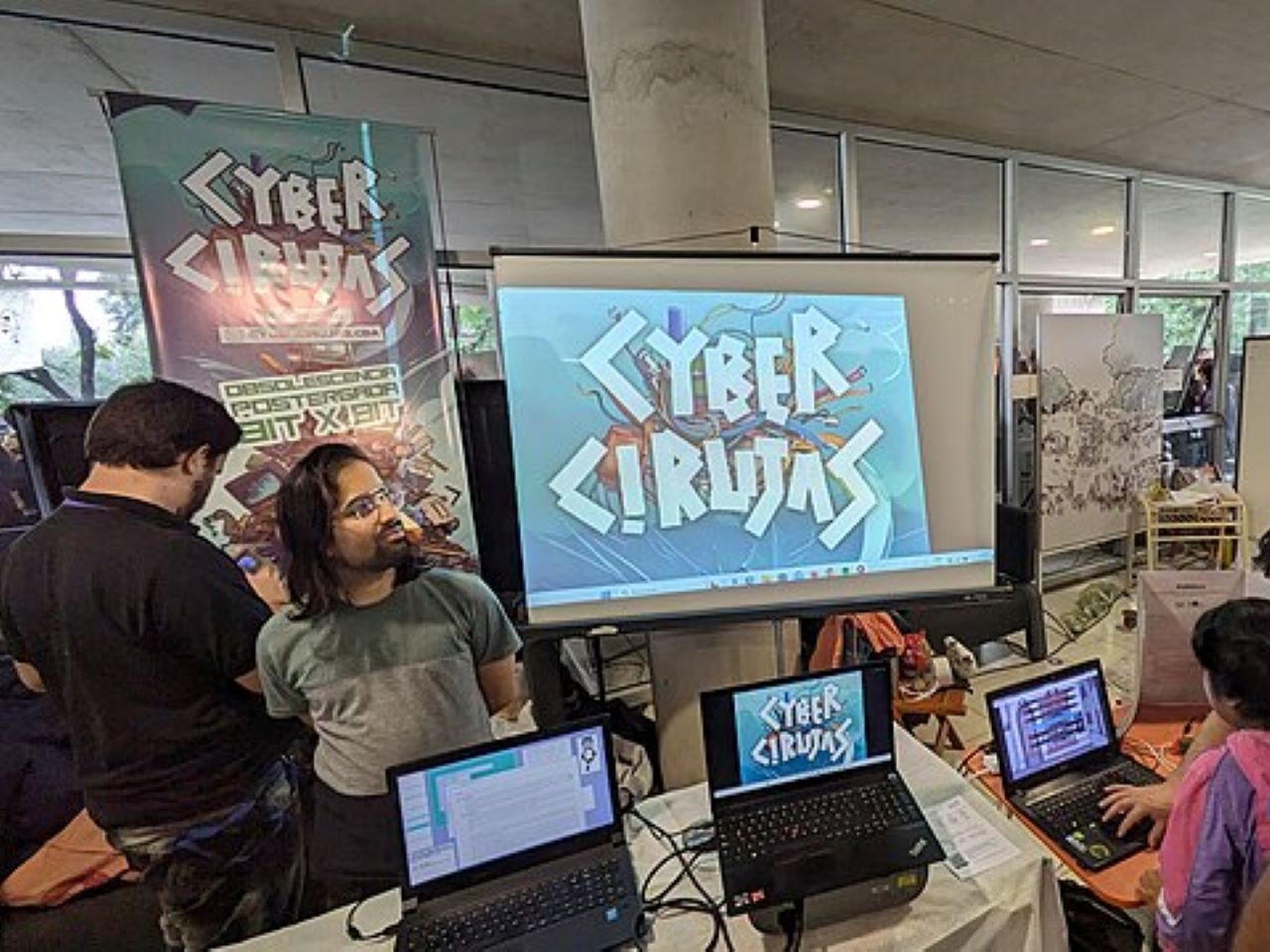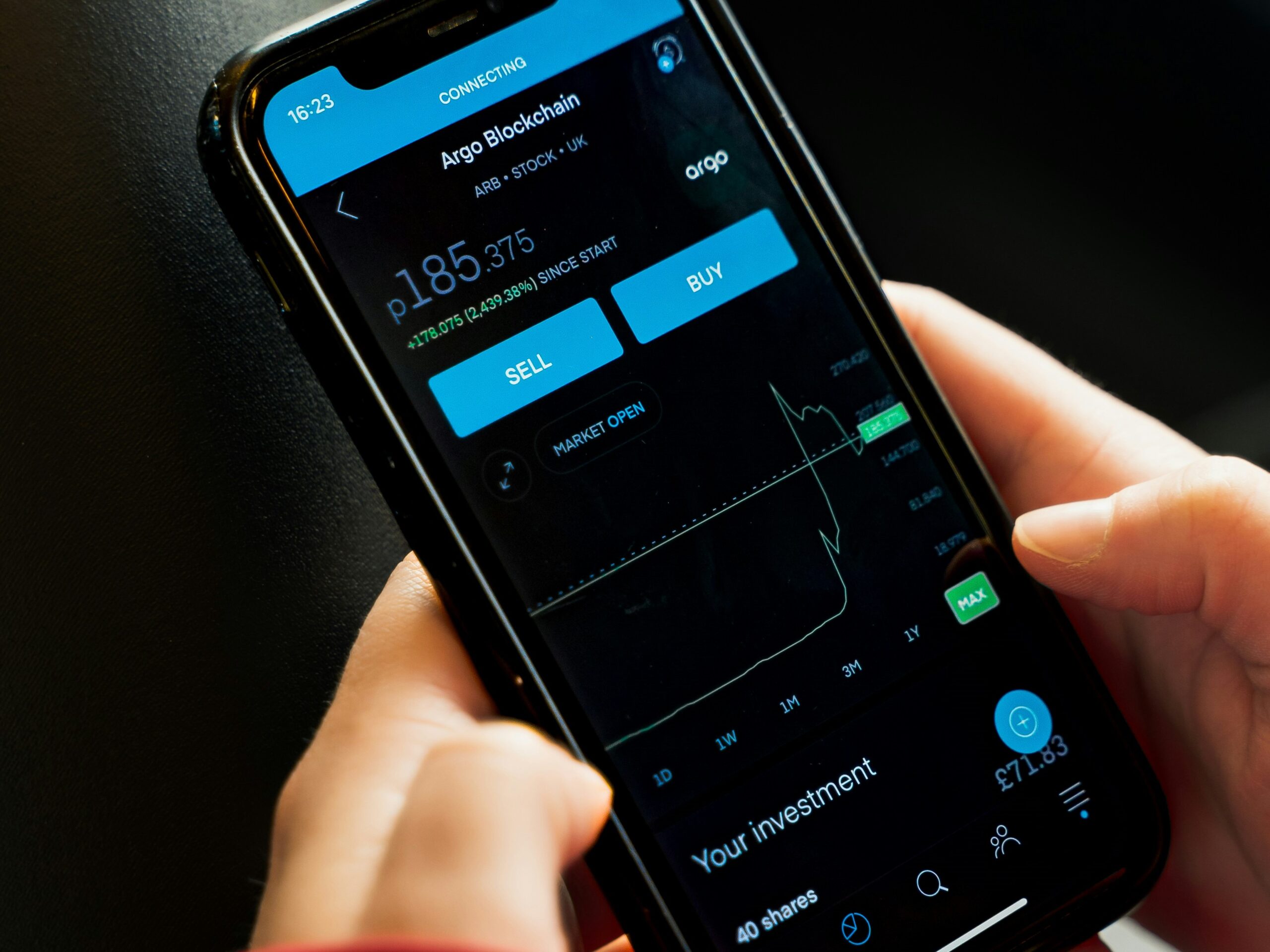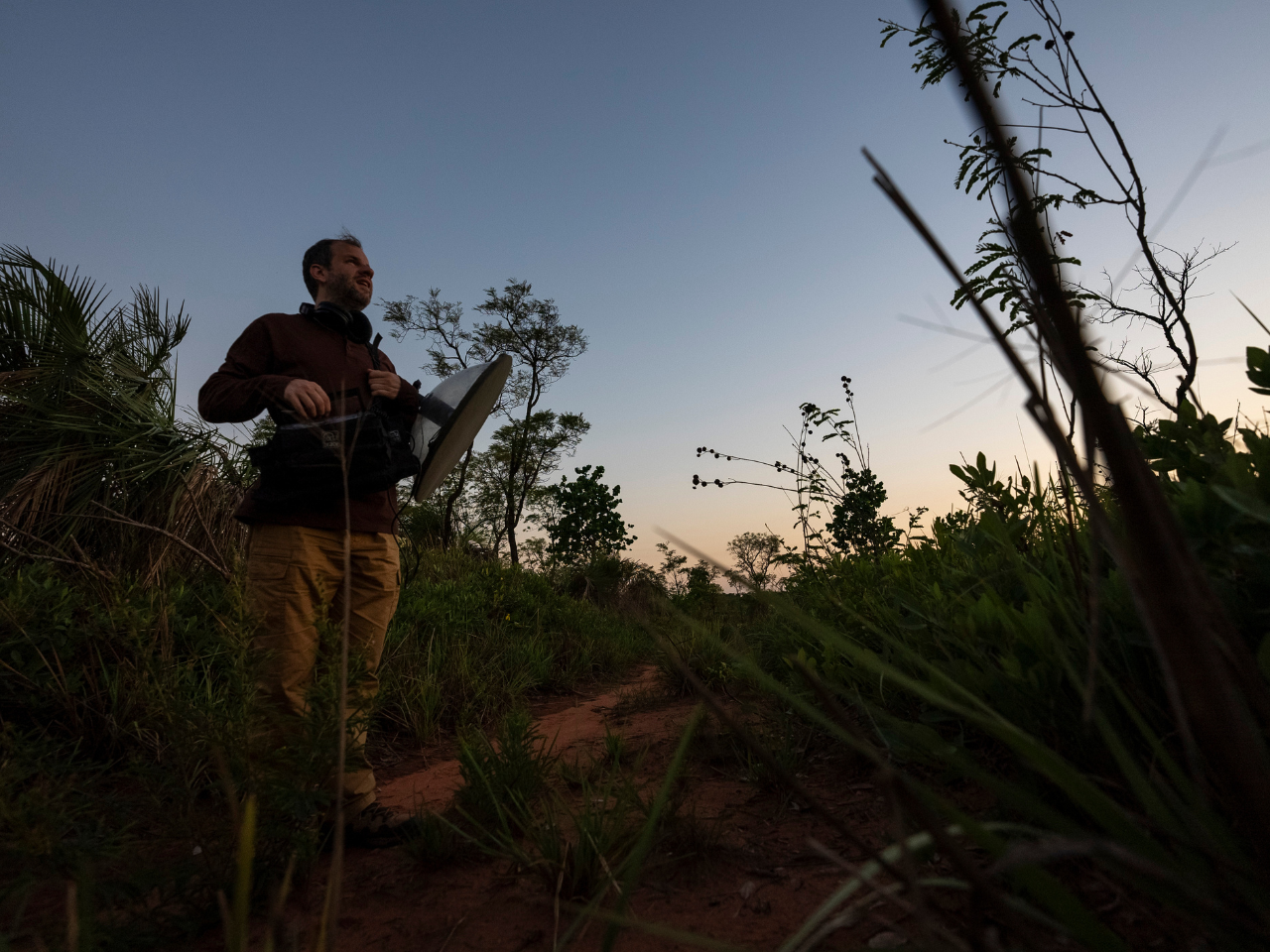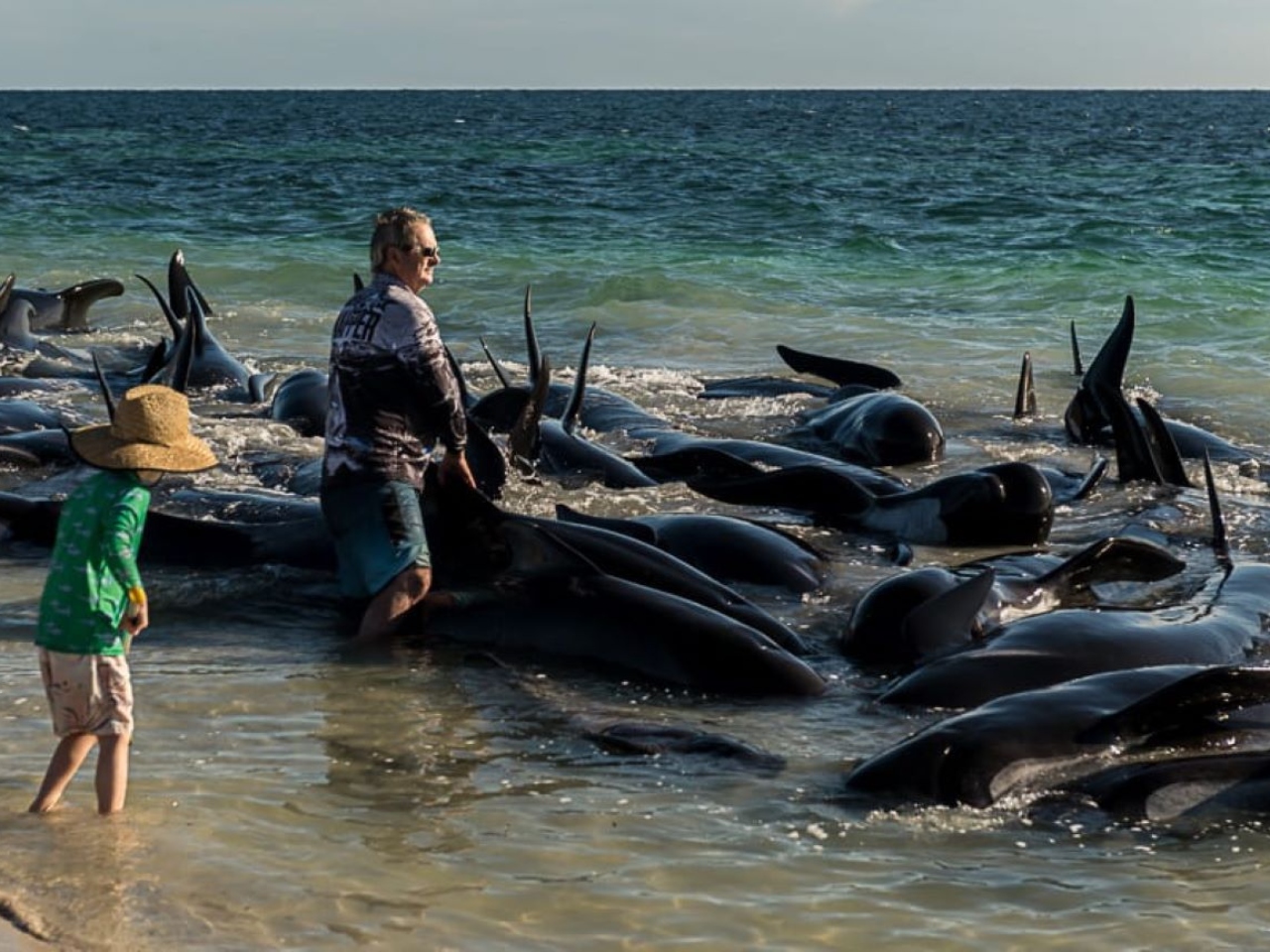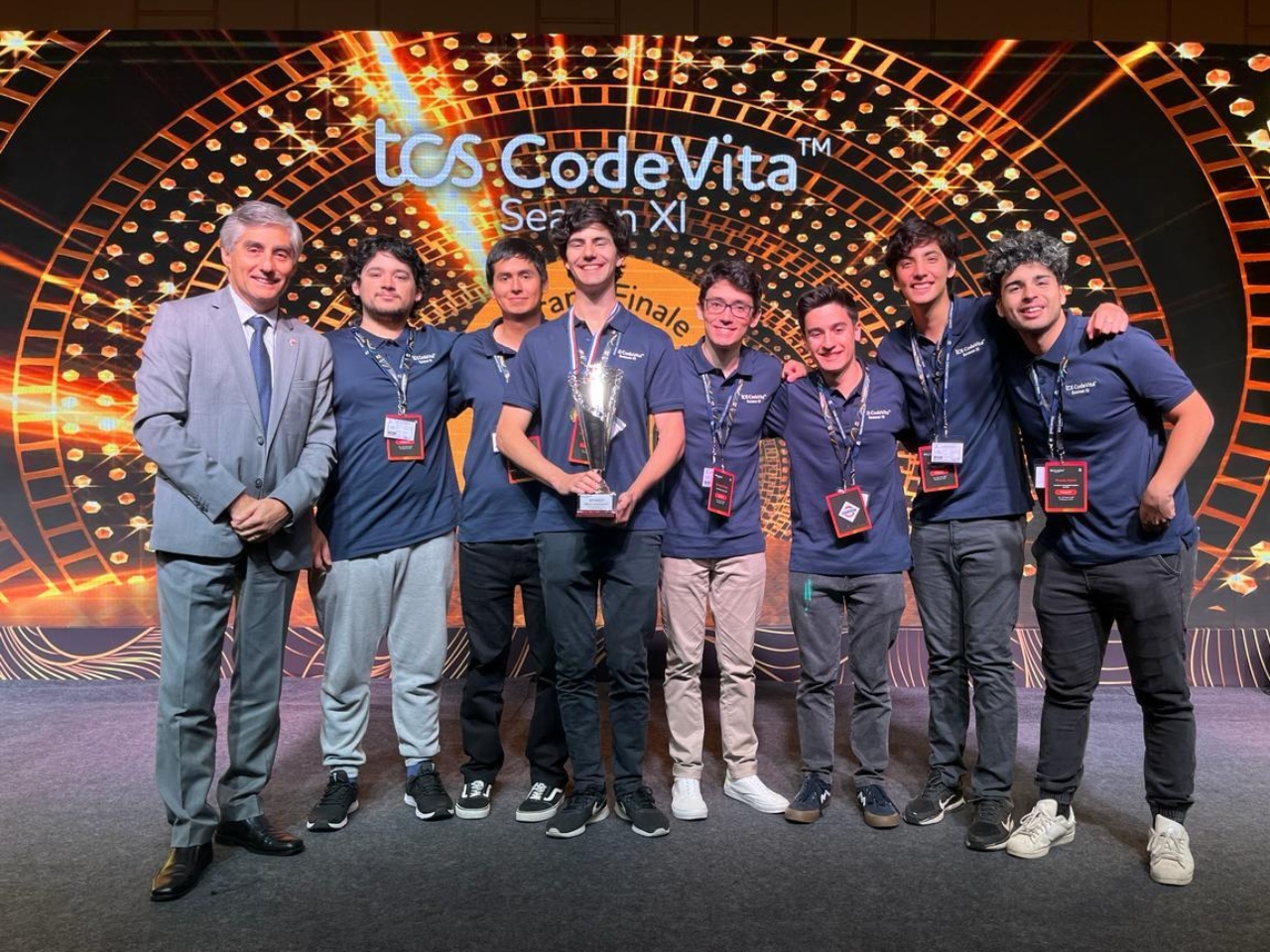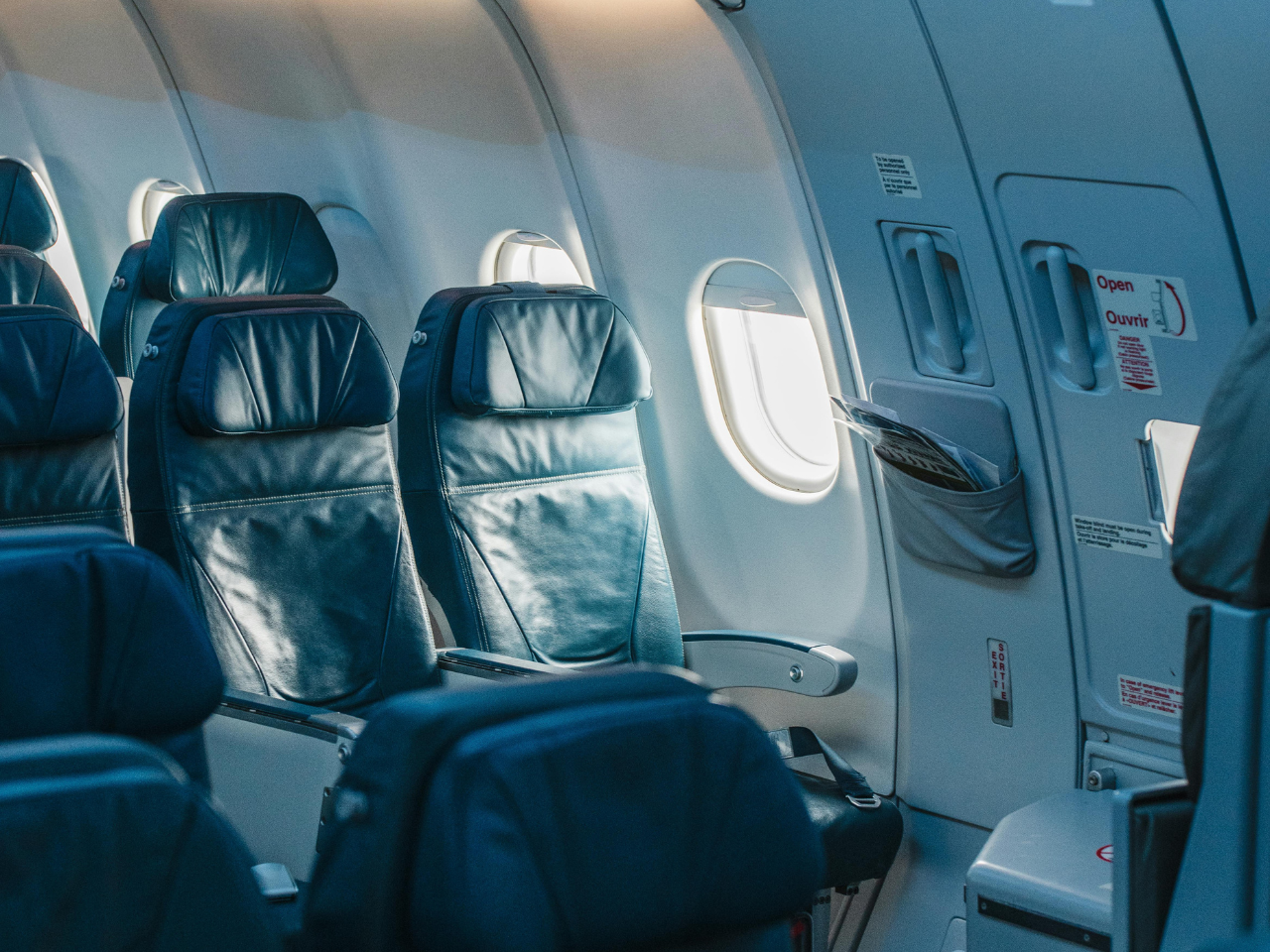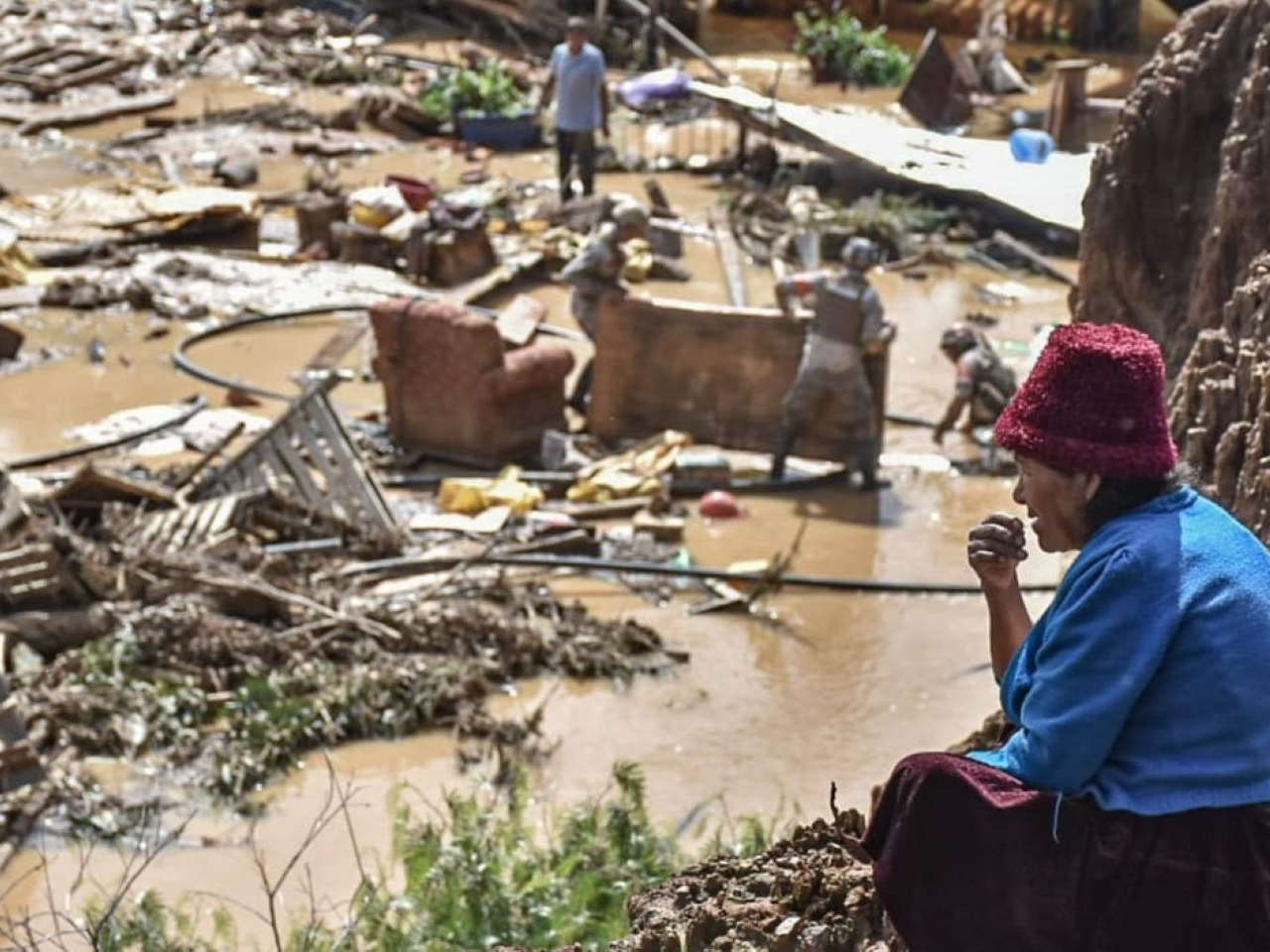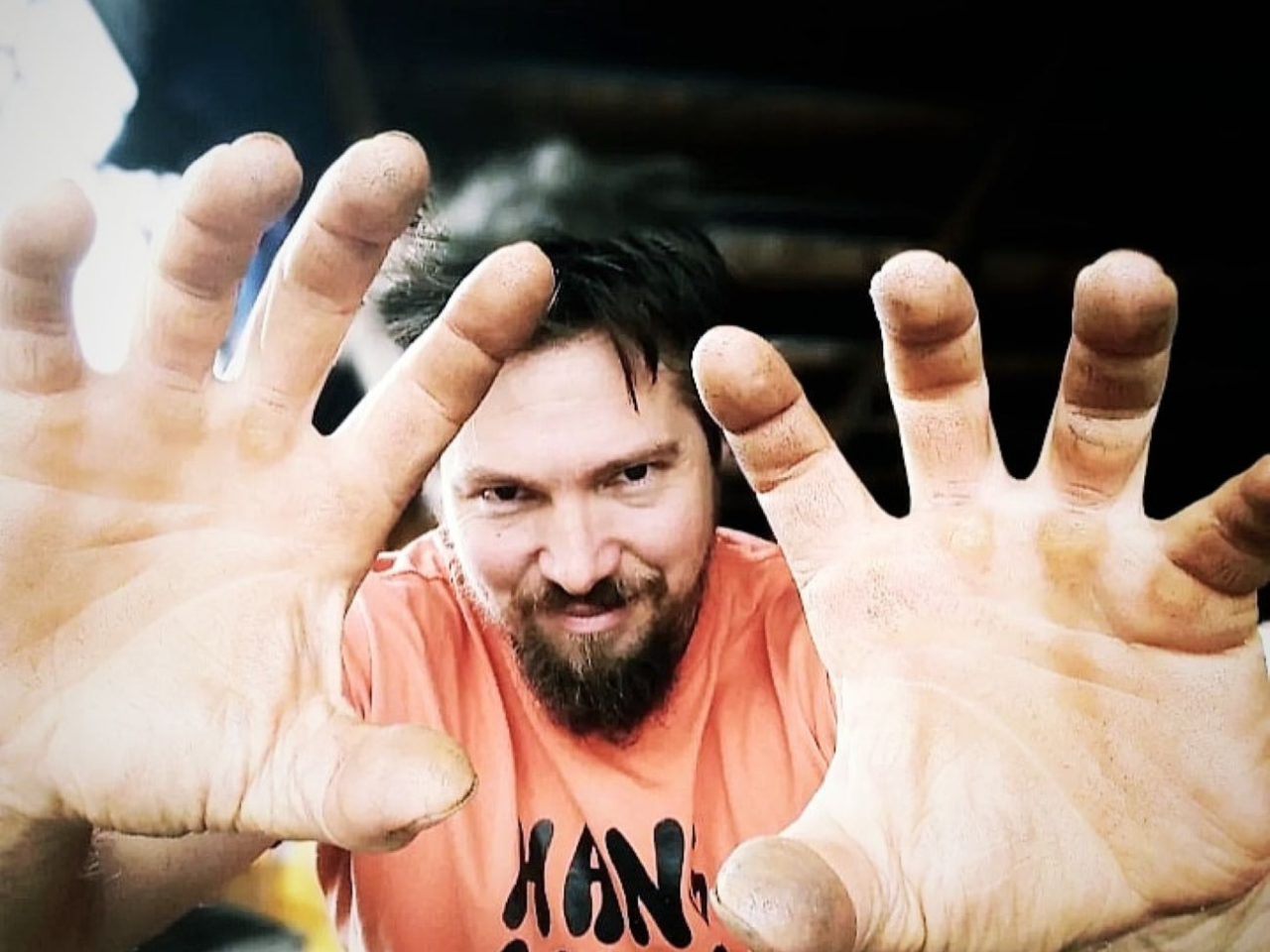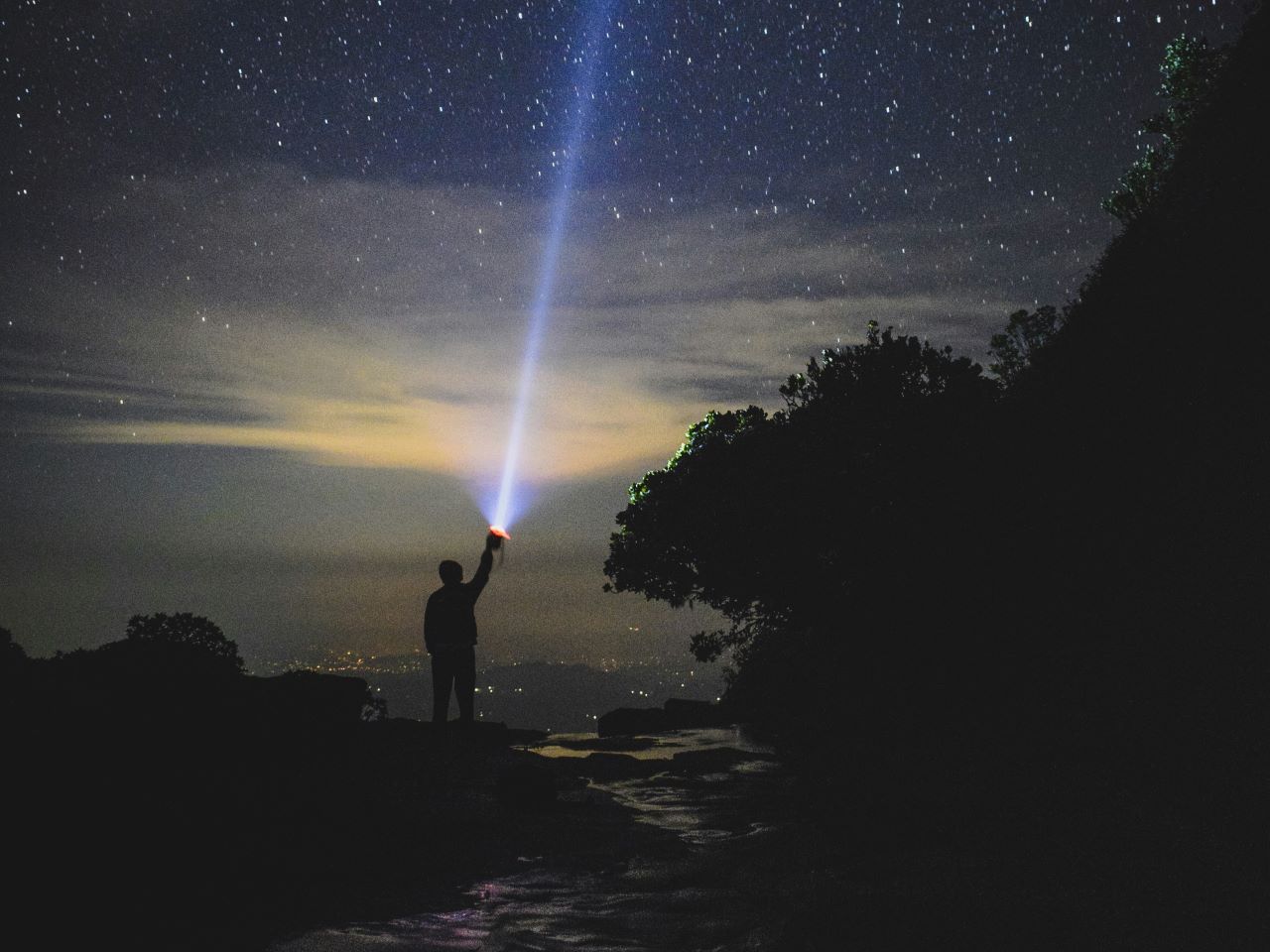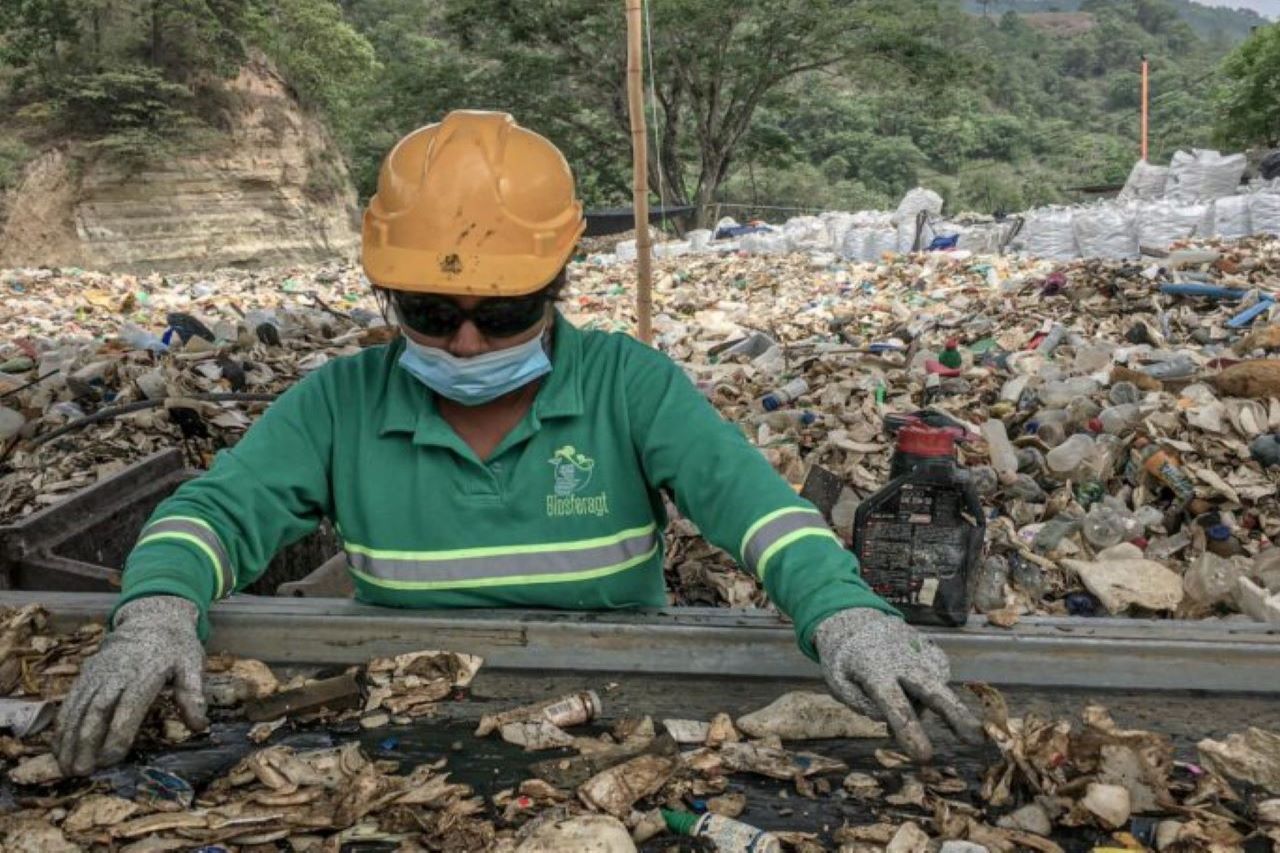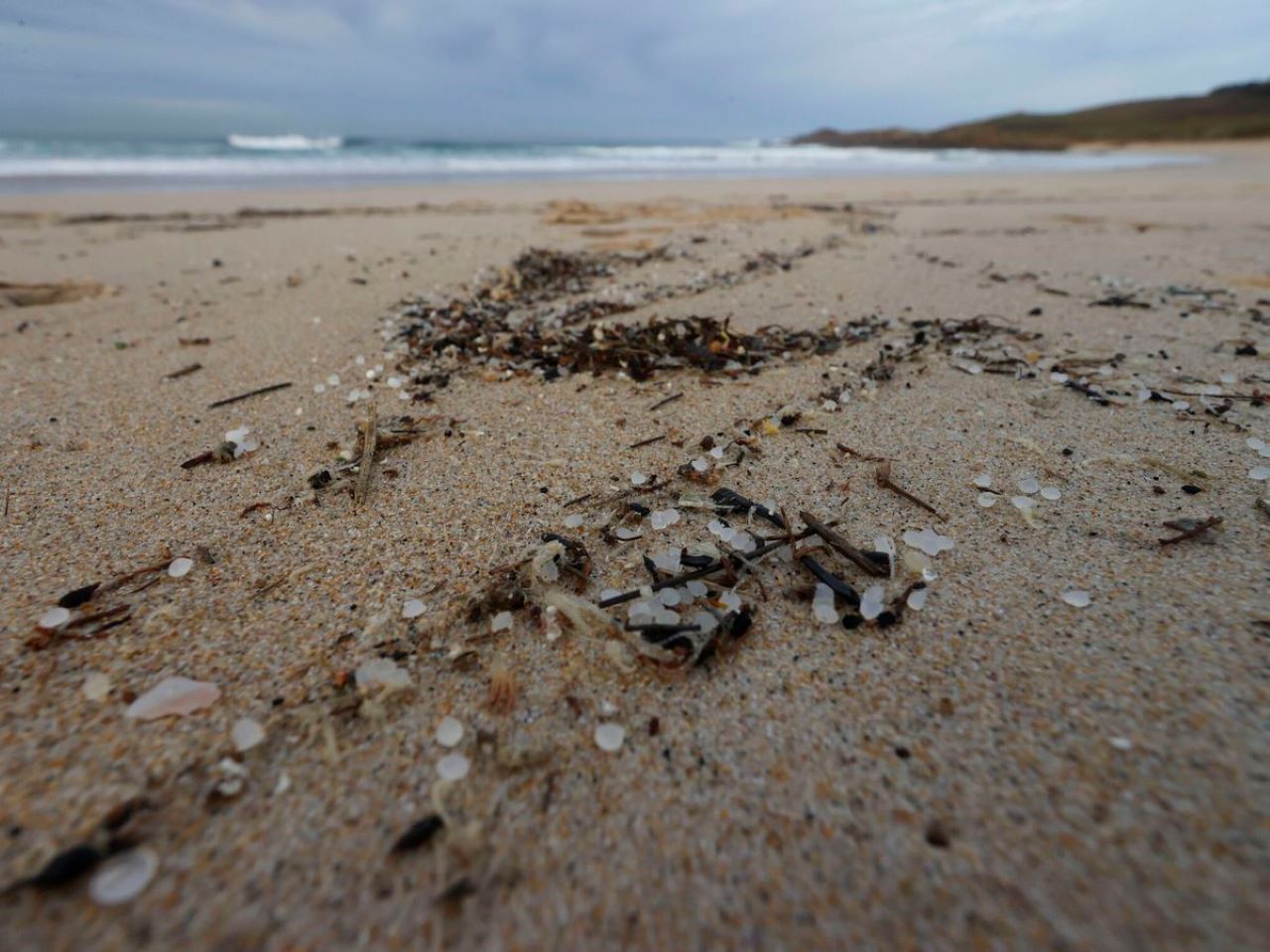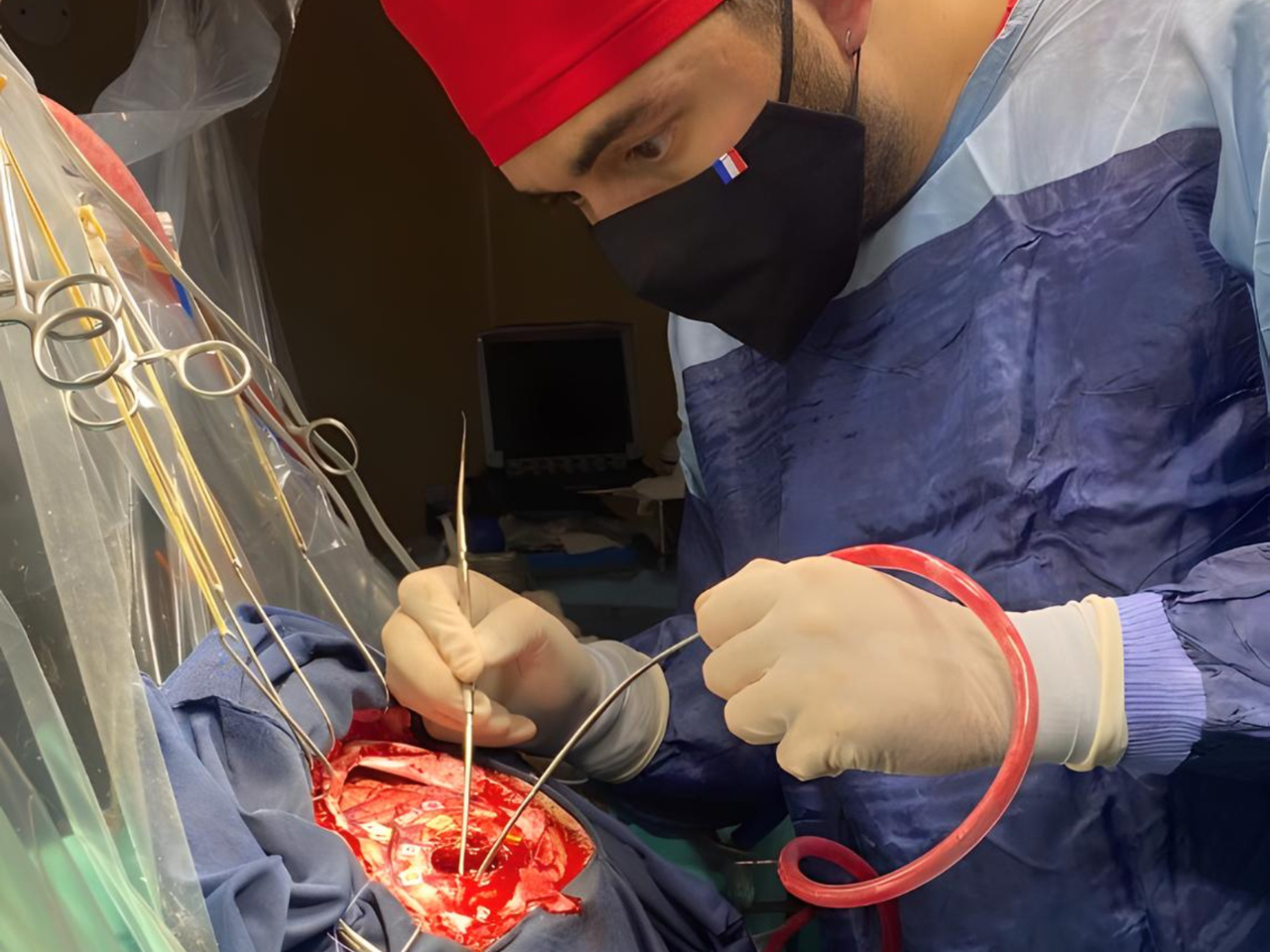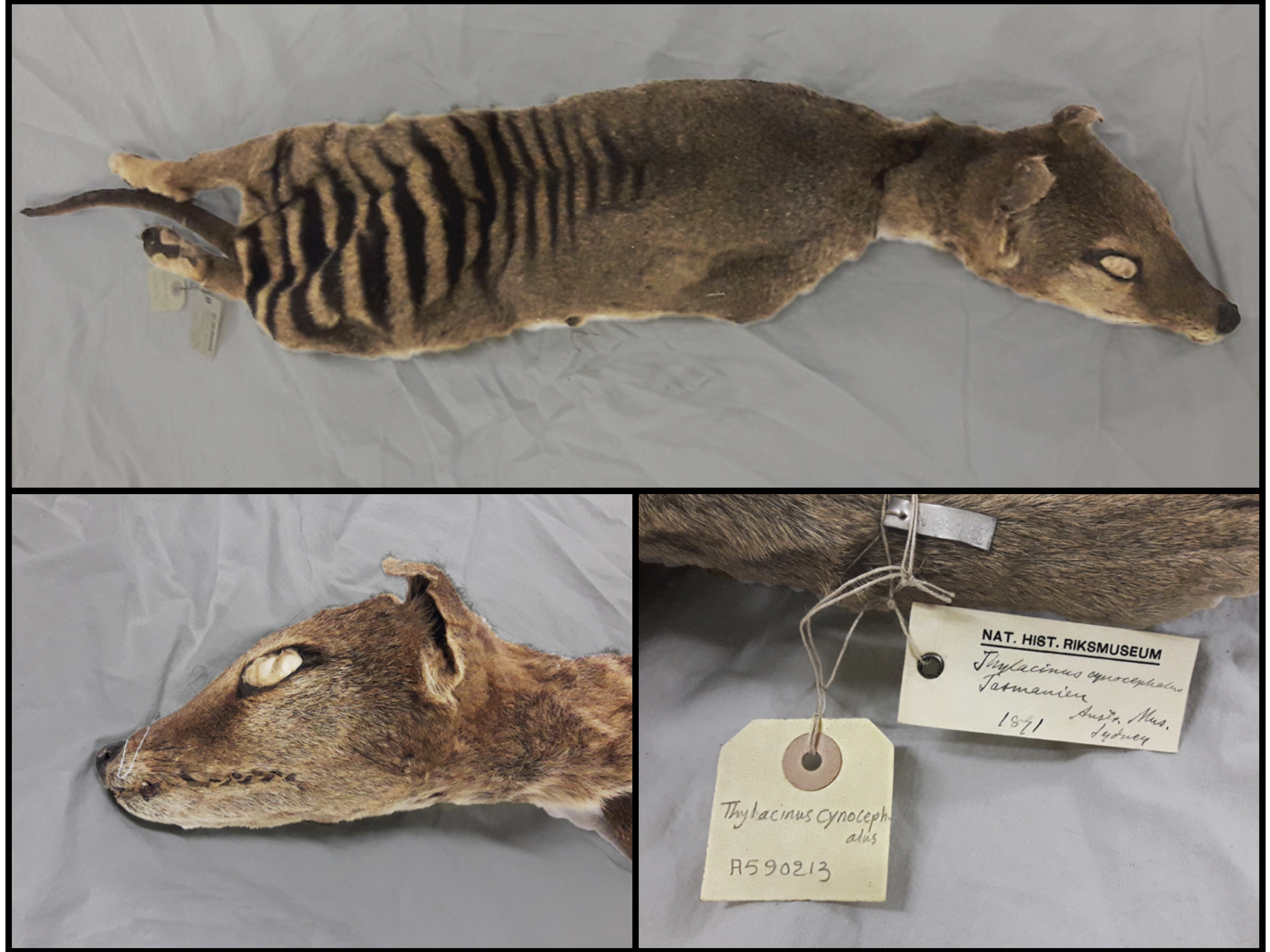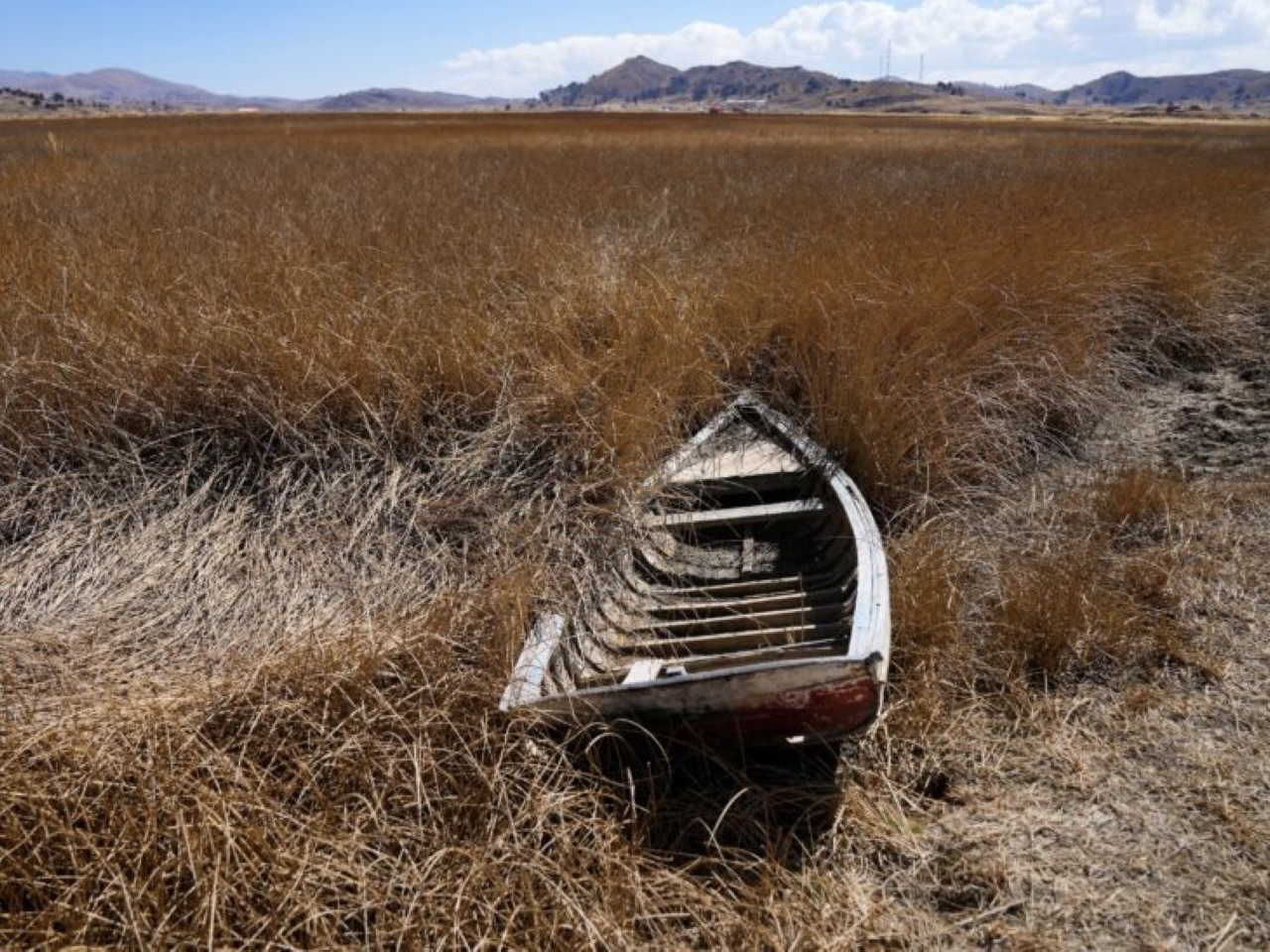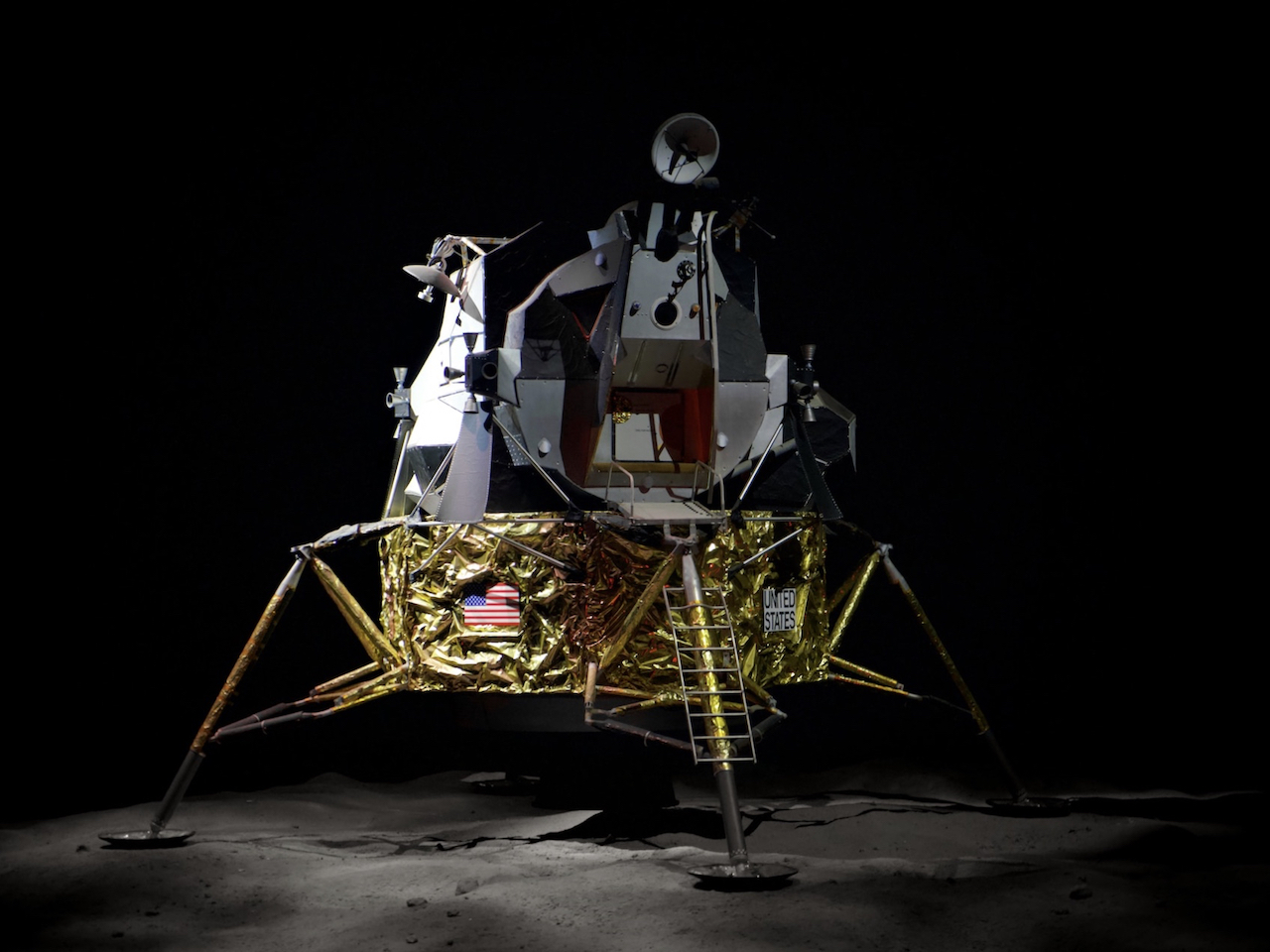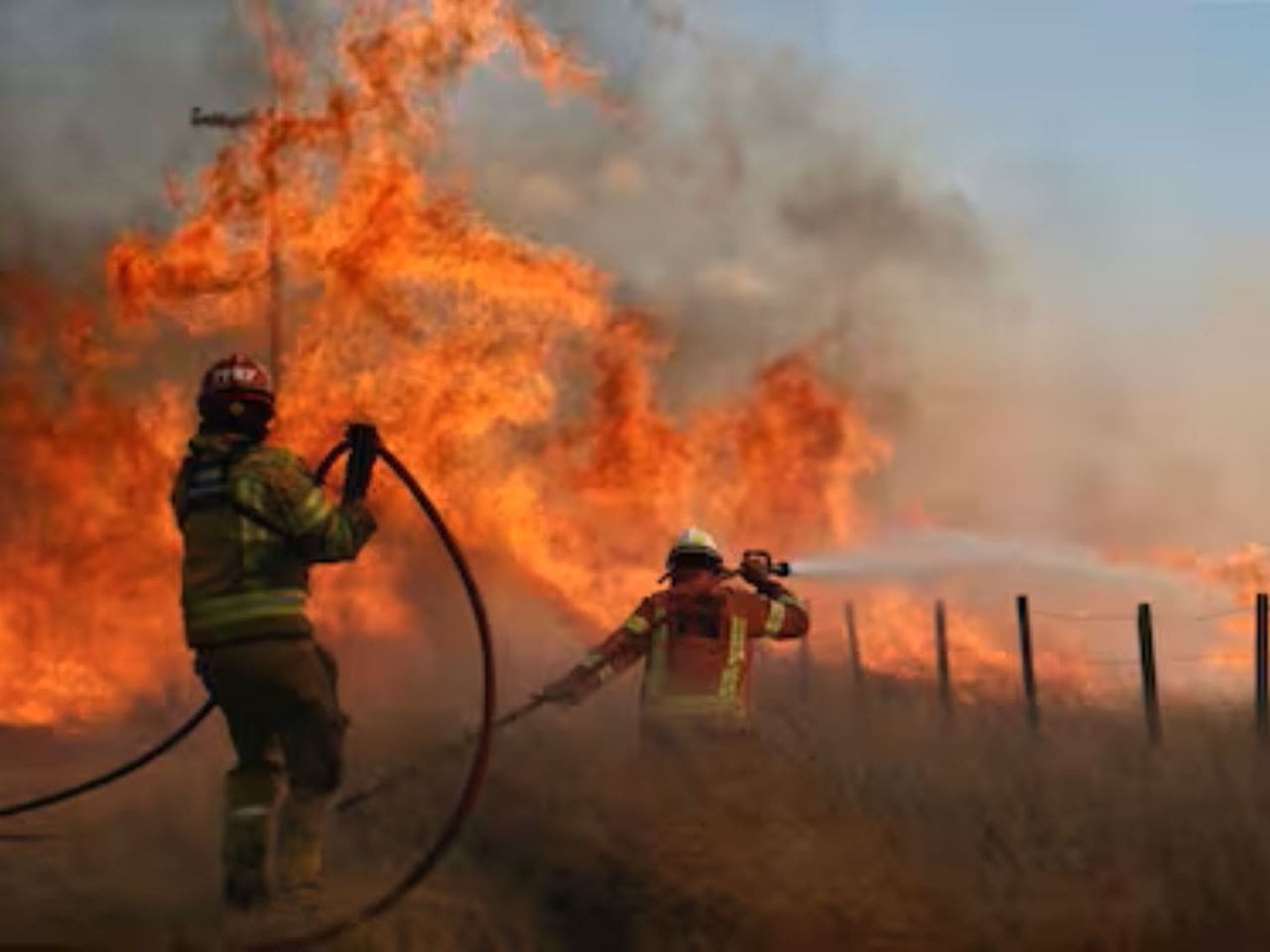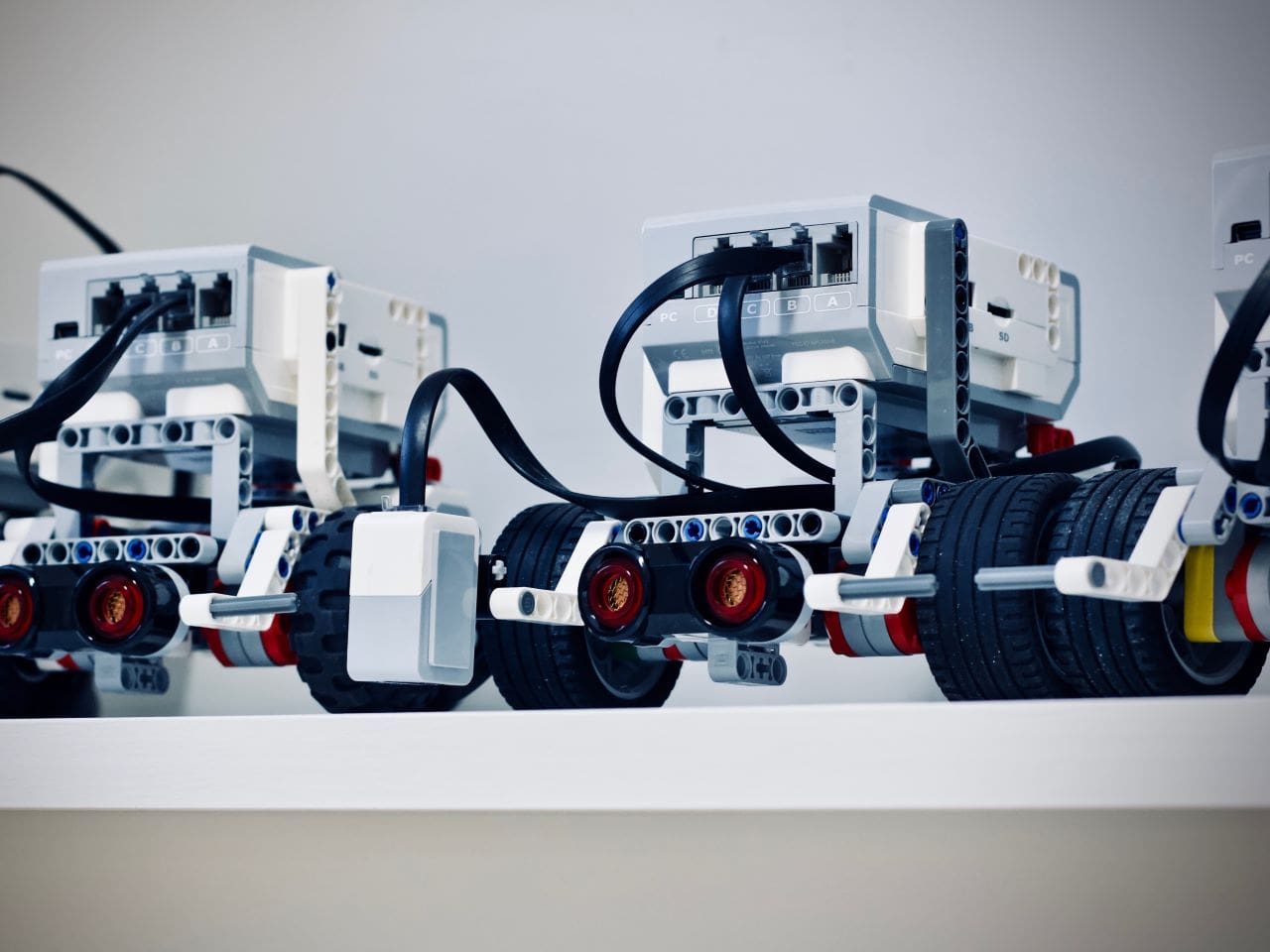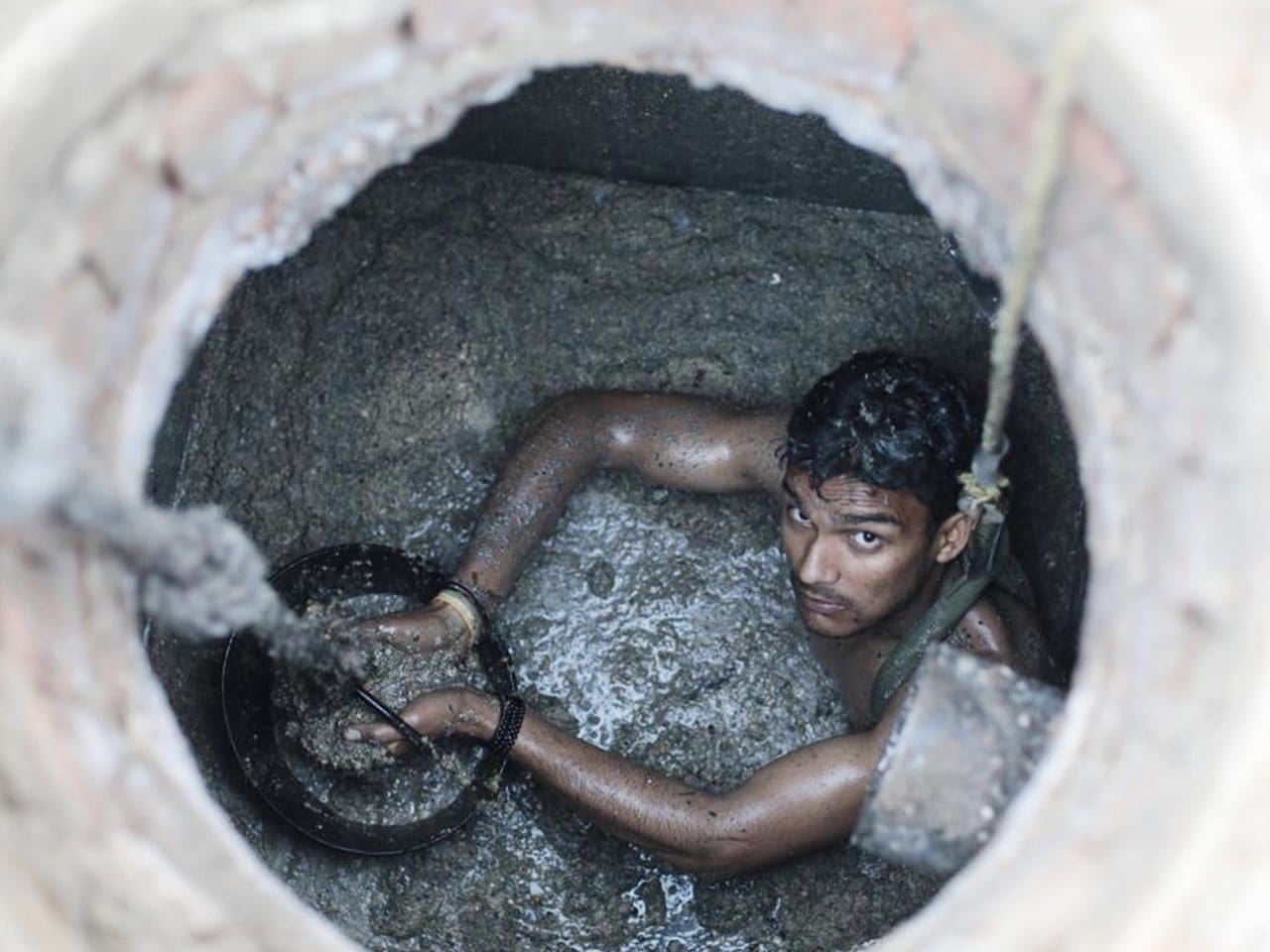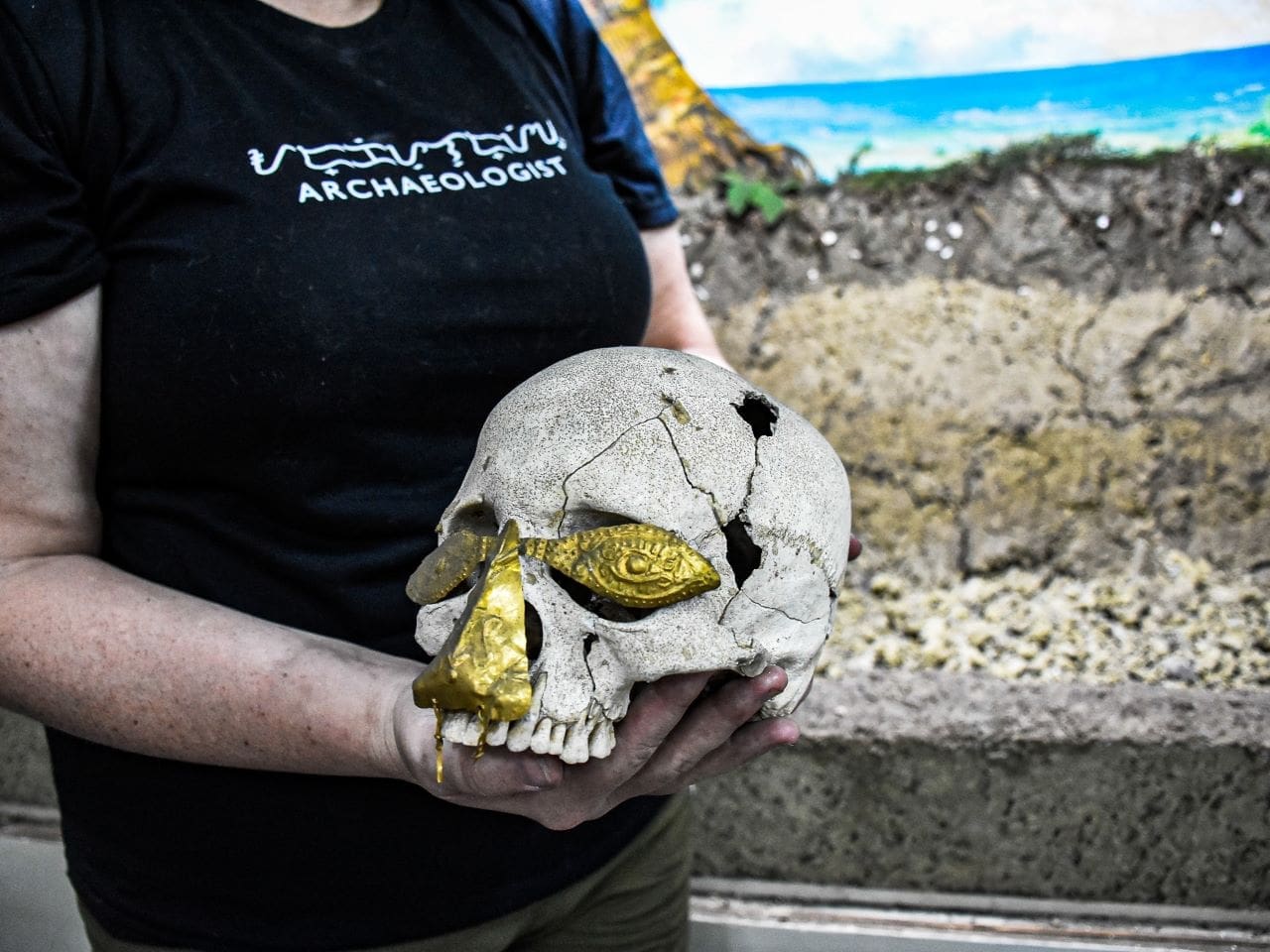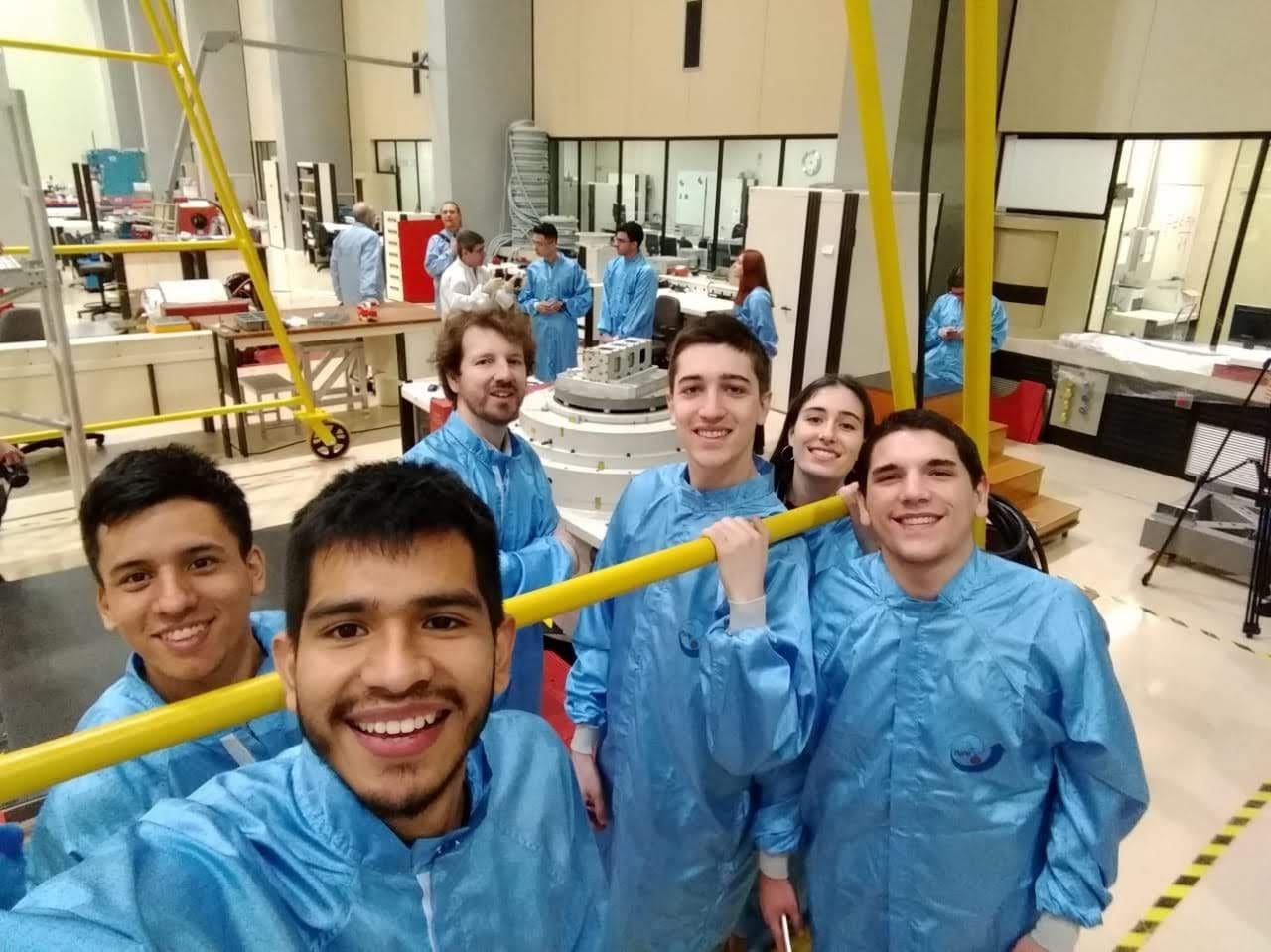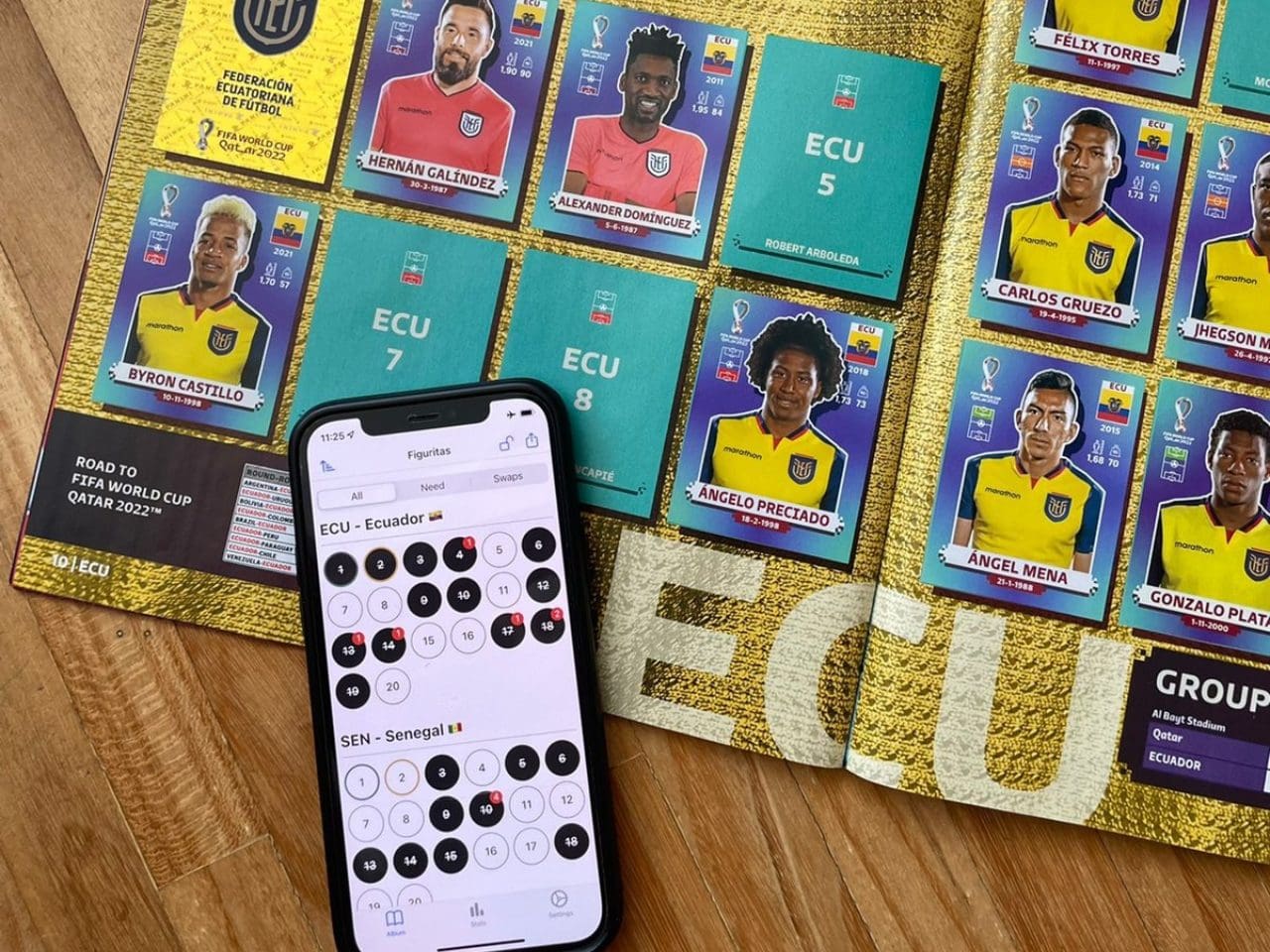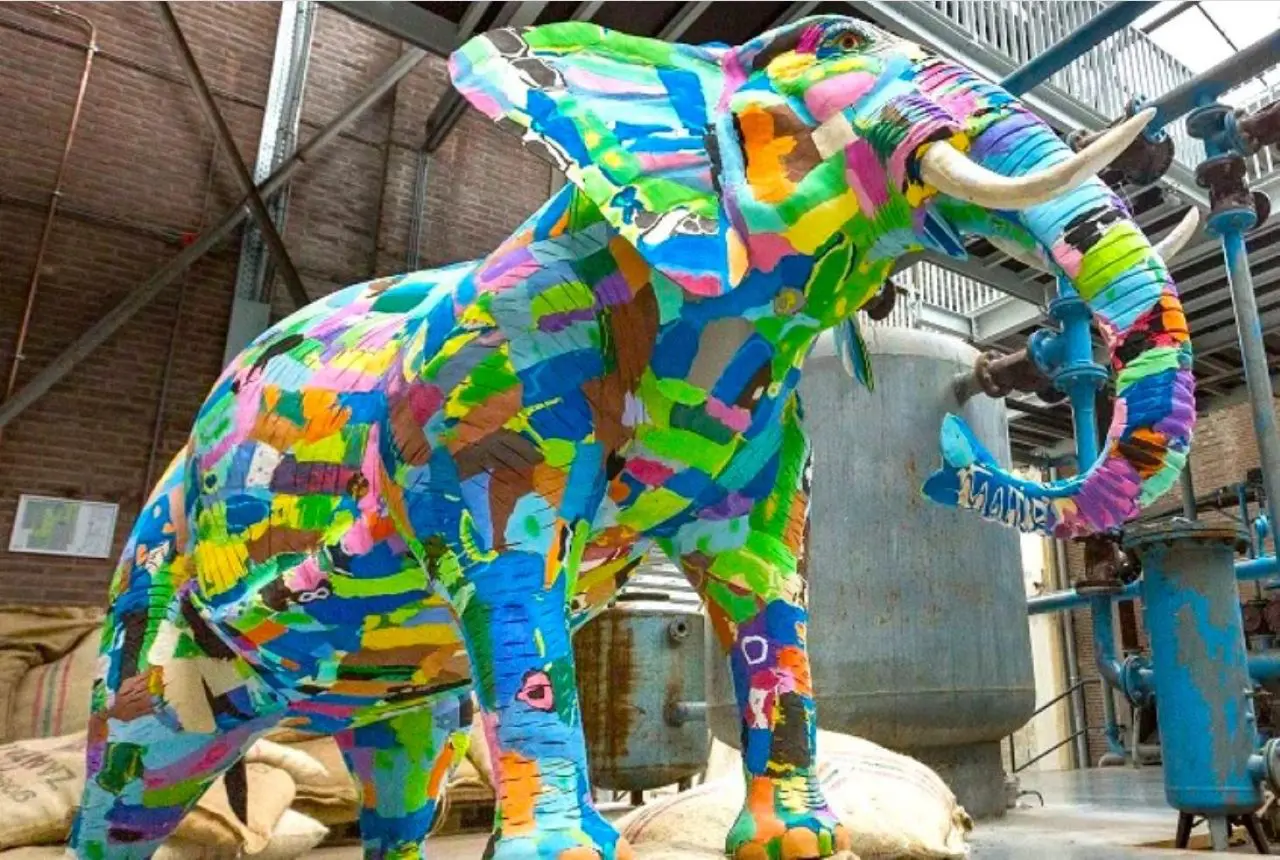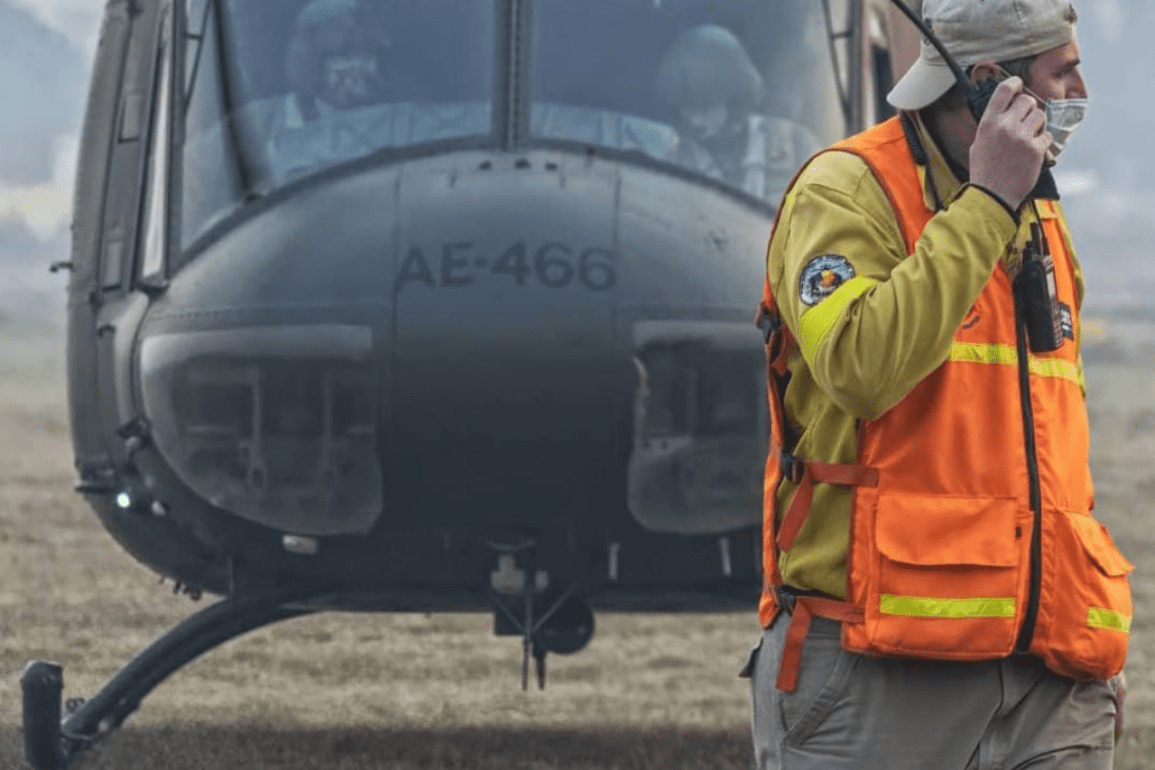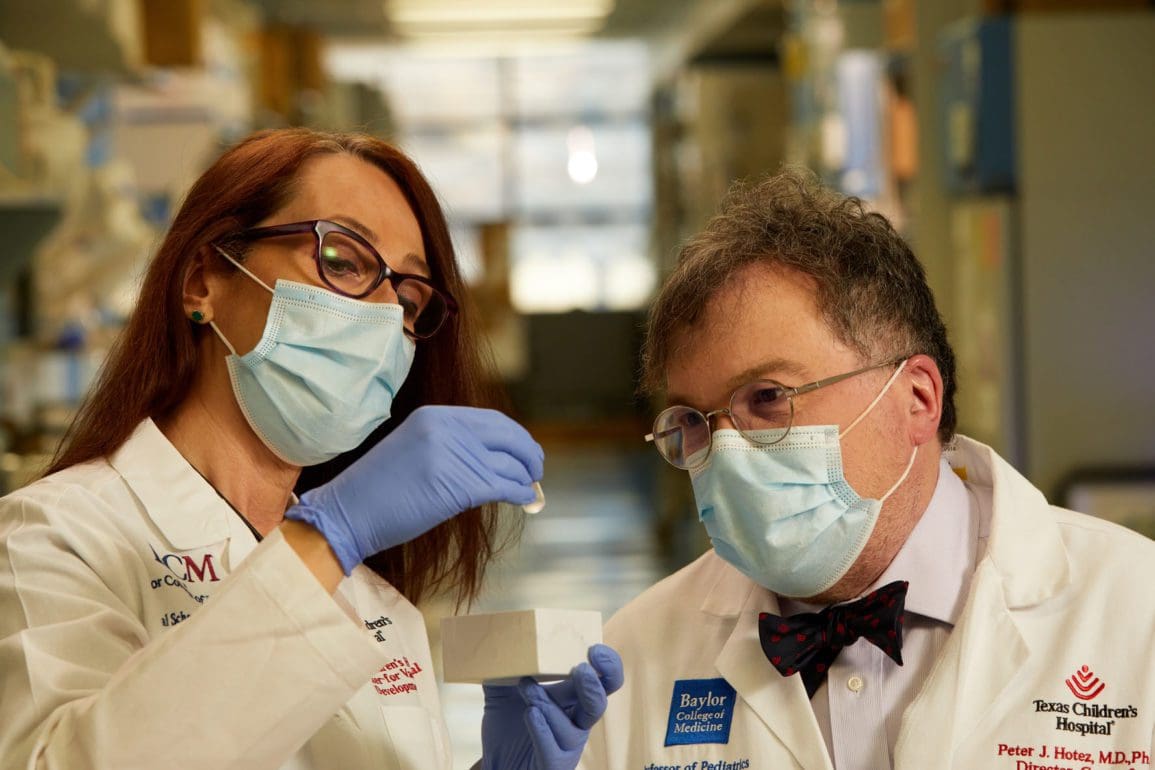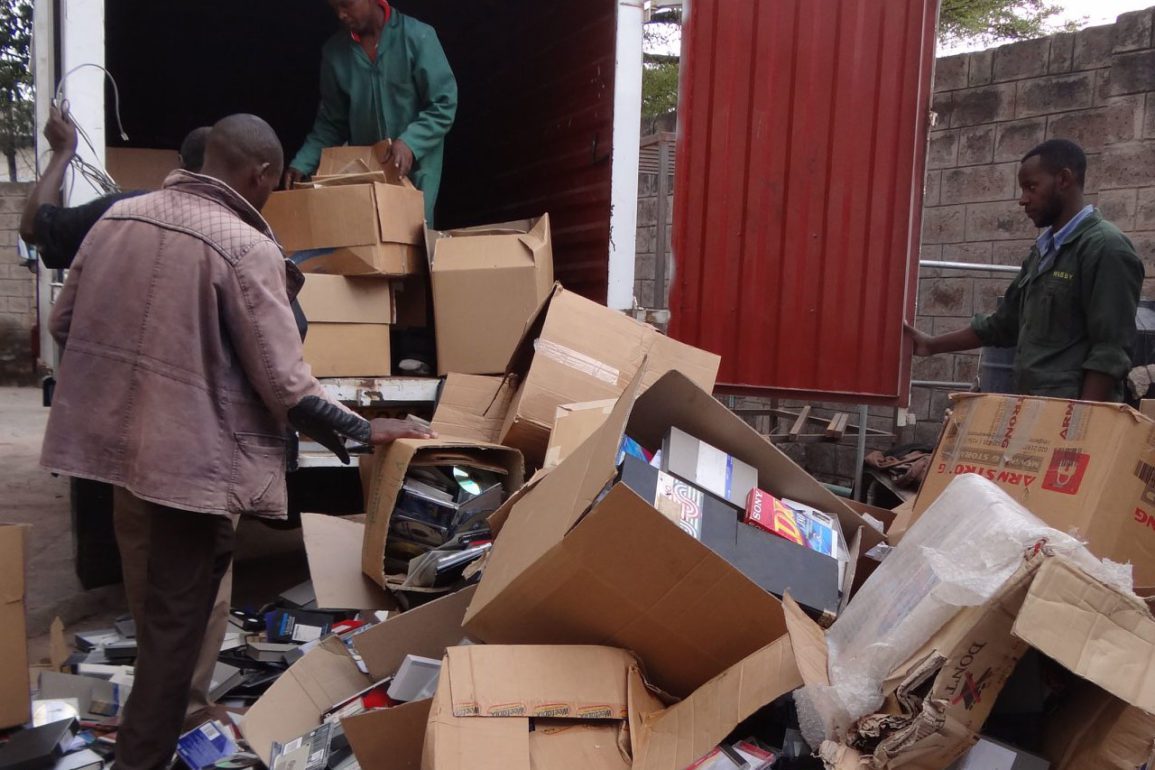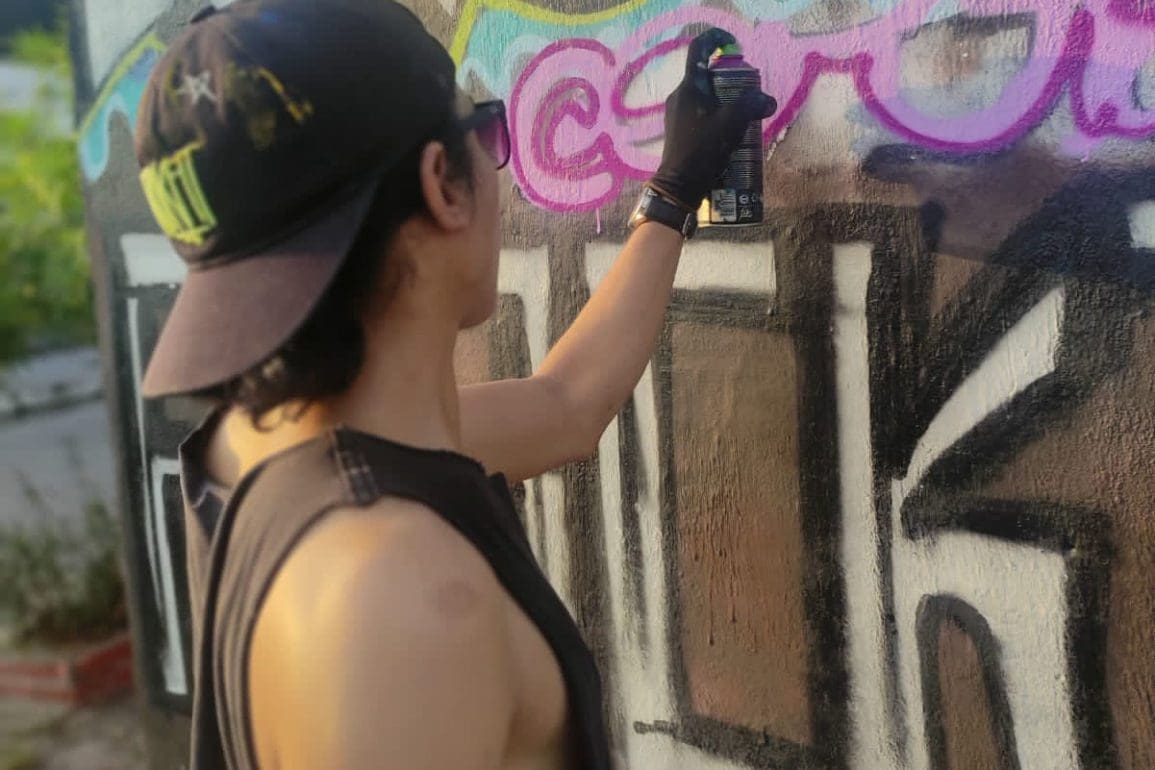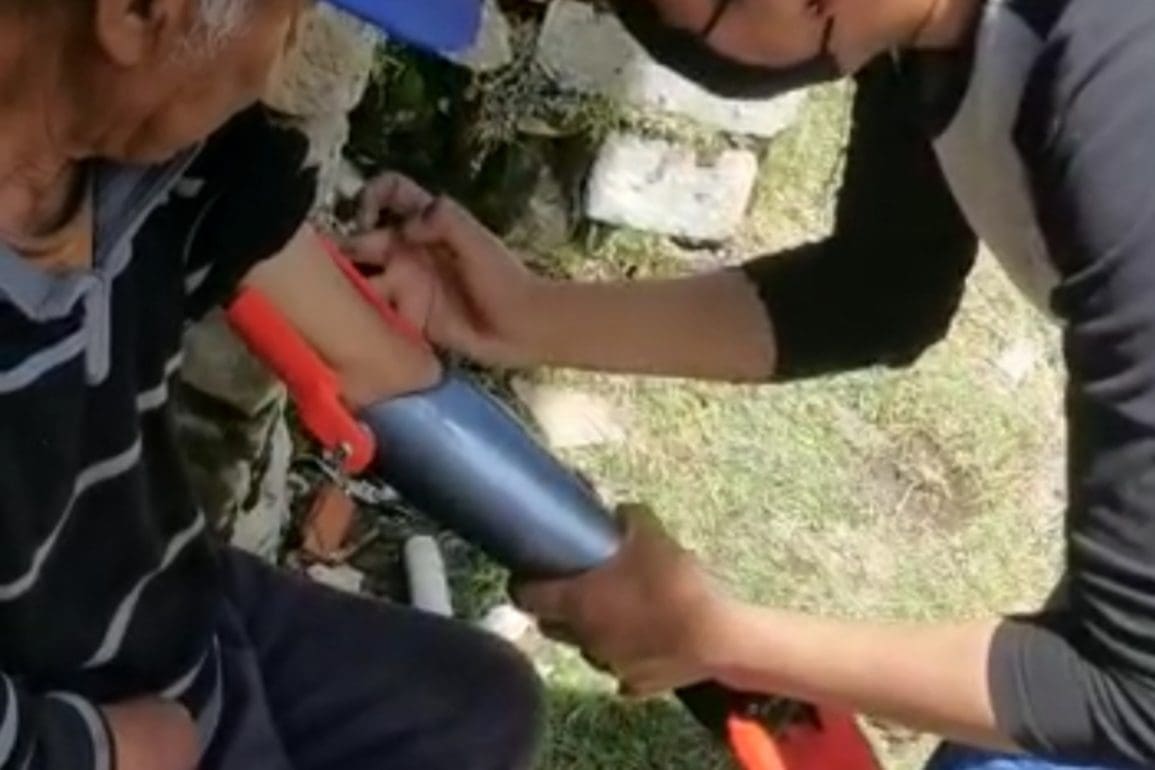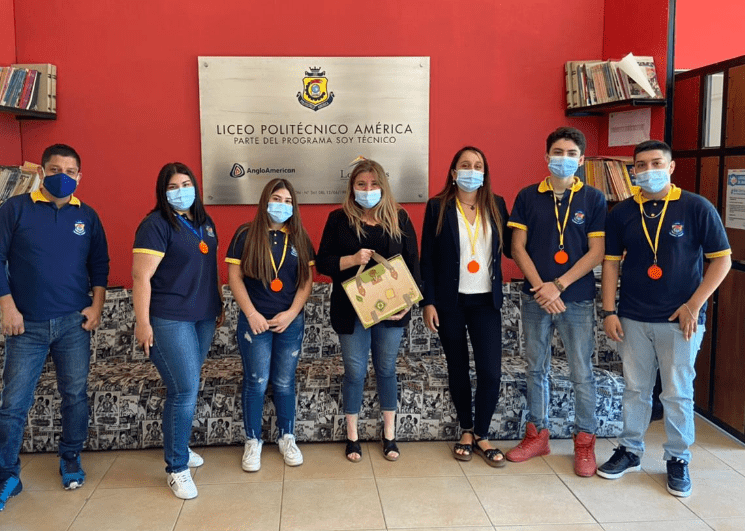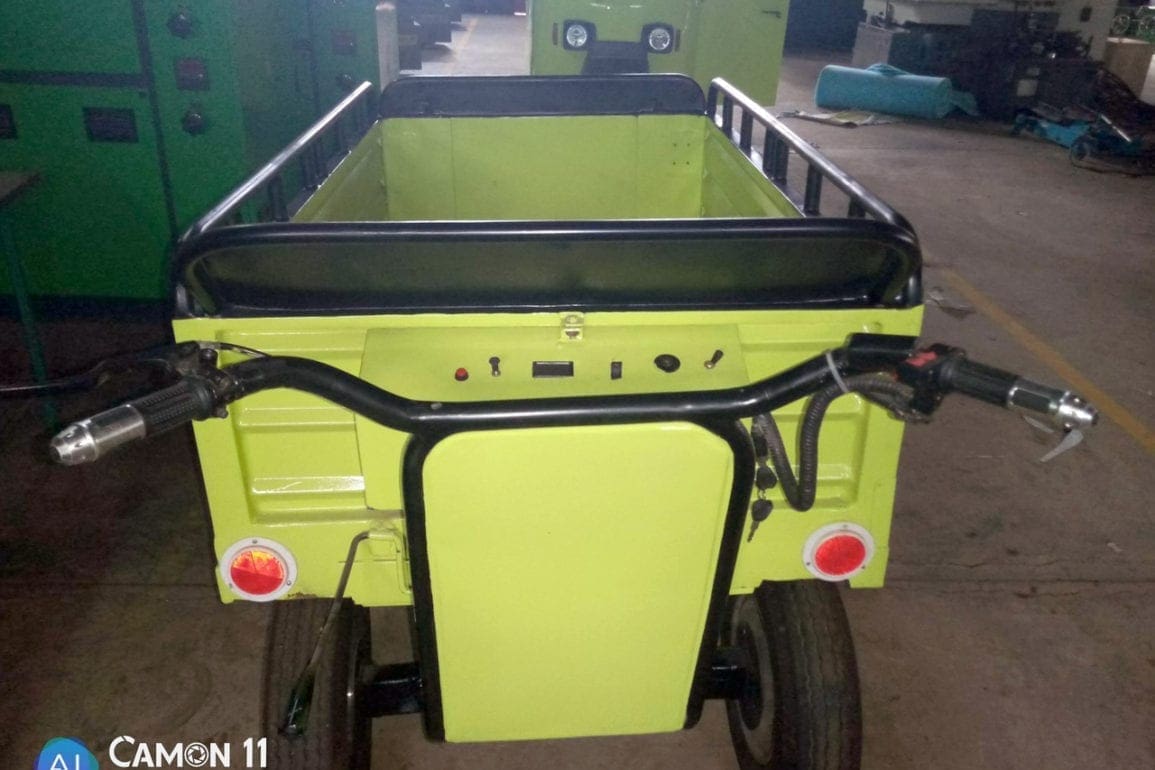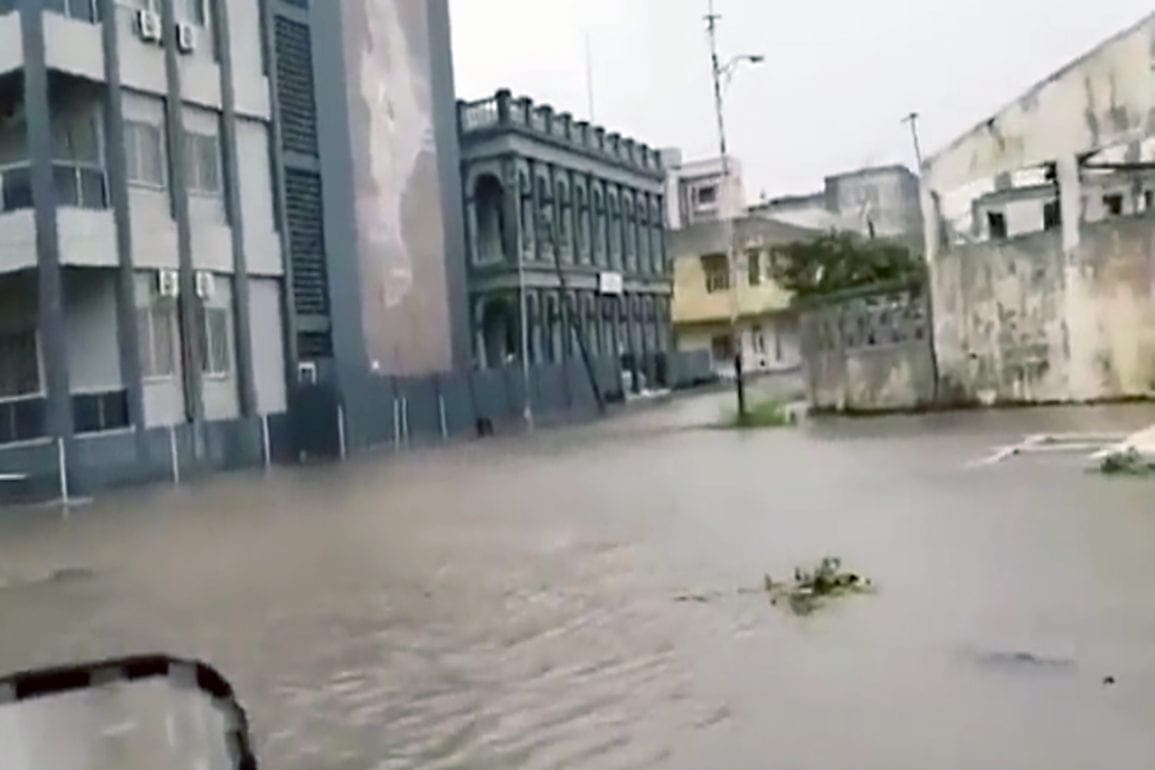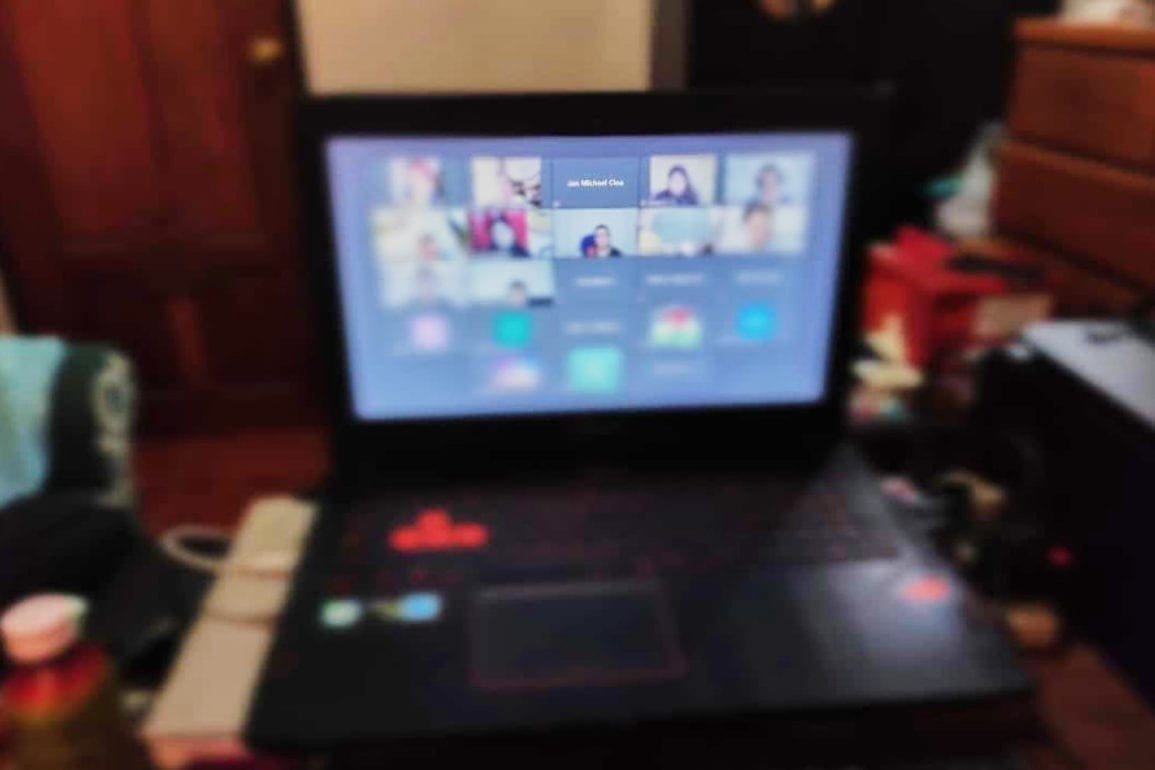Retired engineer designs waste-powered vehicle and travels across the country
With all the theoretical work and practice testing completed, I trusted the vehicle to travel autonomously. I decided, along with my wife, to make the trip throughout Argentina, from La Quica to Río Gallegos, almost 4,800 kilometers or about 3,000 miles.
- 3 years ago
November 6, 2022
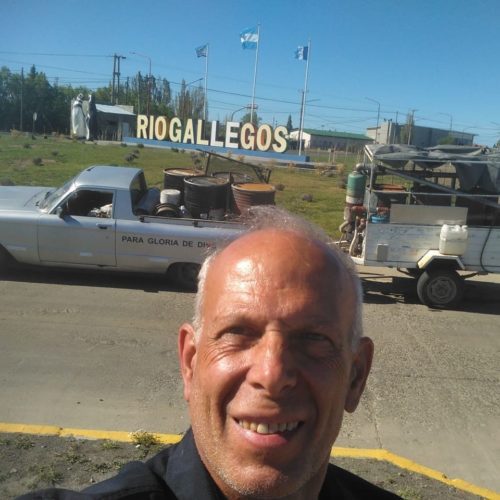
CORDOBA, Argentina ꟷ When I retired from my professional career as an Electromechanical Engineer in 2008, I began reflecting on a question. What happens when the natural resource of oil and its derivatives runs out and we can no longer power agricultural machines? The world’s food supply depends on crops. The fuel that powers farm equipment should be the first point of energy replacement we consider.
I pictured in my mind those gas generators used in the First and Second World Wars – big, heavy, and complicated. I dreamed about simplifying those mechanisms and powering them with an alternative source of fuel. With that in mind, I began to investigate and spent hours researching.
One day, an idea came into my mind like a bolt of lightning. What if I could use garbage and waste to power a vehicle? This garbage – which I aptly named “black gold” – could not only fuel vehicles, but the very farm equipment that ensures our world’s food supply. In a magical moment of inspiration, I decided to pursue my invention, despite any personal challenges I might face along the way.
Inventor experiences anguish as attempts at invention fail
I focused my work on replacing gas with waste or “gasura” as I like to call it. My dream was to test the process by traveling around the country in an ecological automobile that does not use oil. I obtained a vehicle and began developing the mechanisms, but I needed to work out how I would use the waste. What type of garbage might work?
I decided to create gas from items like walnut shells, vineyard remains, fruit pits, and carbon. While I share this story in a few short lines, it took 10 years of tests and thousands of errors to bring my idea to life. For years, I would start the car and it would turn off. Other times, I ran it for one block and it stopped dead in the middle of the road. It felt horrible when the car would move but fail to pick up any speed.
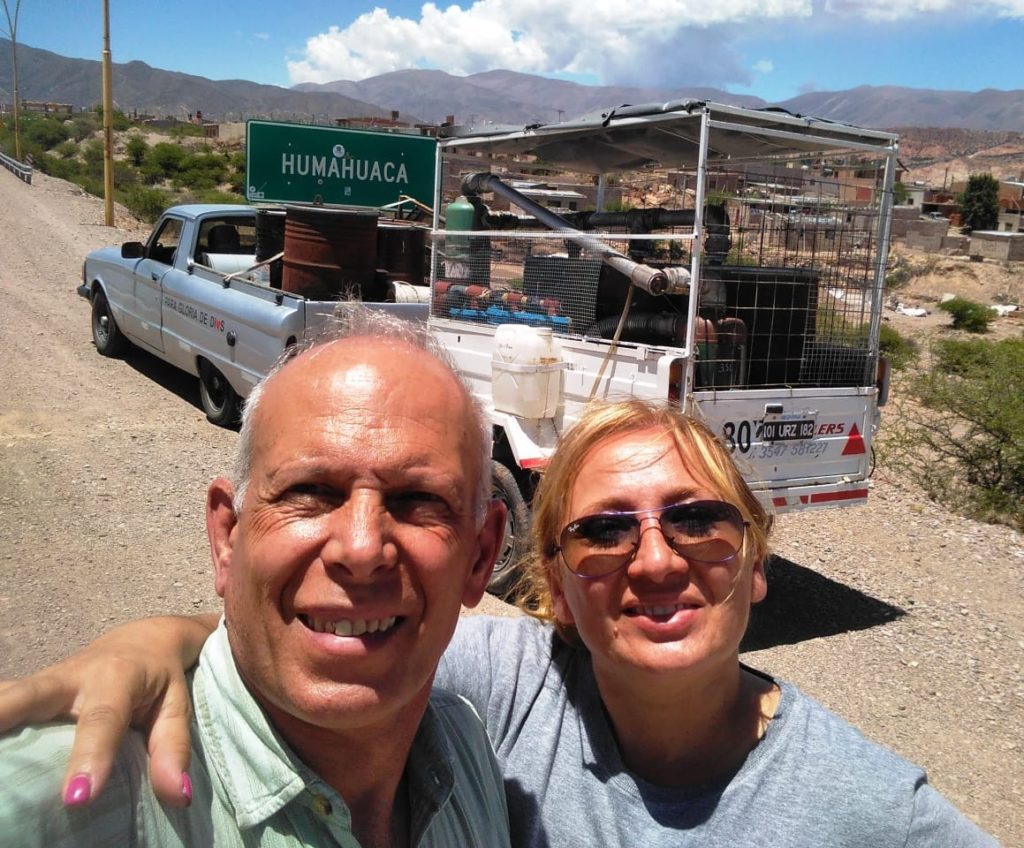
I knew in theory the system had to work, but in practice it proved a different story. With each failure I felt tremendous anguish. After so much research and so many calculations, nothing happened, and I found myself on the verge of depression. It crossed my mind to abandon the project, but I focused on the key to success: finding the perfect stoichiometric mixture, or the exact proportion of garbage and air to make the engine work.
After a miraculous moment, man and his wife travel over 3,000 miles in waste-powered vehicle
Despite my perseverance, a moment came when I decided to give up. I looked into selling the vehicle and struggled to get out of bed due to depression. One day, lying there, I “felt” a voice. “Perhaps this is in my own head,” I thought. “Or maybe it’s an angel or even God.” Whatever it was, something pushed me off the bed. An incredible feeling rushed through me. I went outside and turned on the vehicle for the last time. I could not believe what happened. It ran!
That culmination of all my work felt like a miracle. To this day, on the sides of my vehicle I display the phrase, “To the glory of God,” out of gratitude for that final push. I made good on my promise that I would give God the glory if the car would finally start.
Read more Science & Technology stories from Orato World Media.
With all the theoretical work and practice testing completed, I trusted the vehicle to travel autonomously. I decided, along with my wife, to make the trip throughout Argentina, from La Quica to Río Gallegos, almost 4,800 kilometers or about 3,000 miles. I needed to calculate the measurements of the garbage containers and determine how to obtain suitable waste along the route. We had many cities to visit!
I taught myself about the types of waste commonly generated in these cities and reached out in advance so they would keep the waste on hand for me. During our travels, not only did we not pollute the environment, but we contributed an additional 20 percent oxygen along the way. It proved to be one of the most beautiful experiences of my life.

















